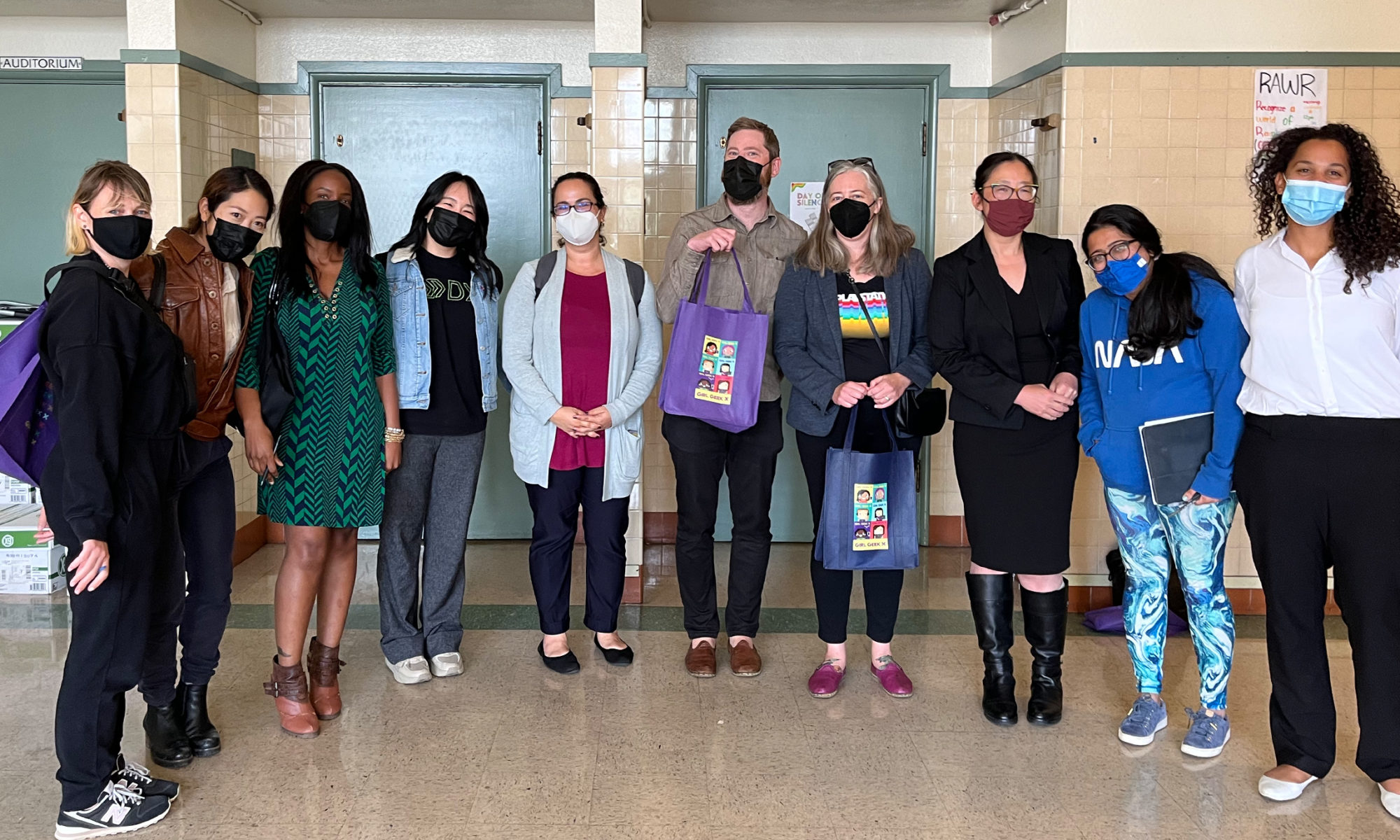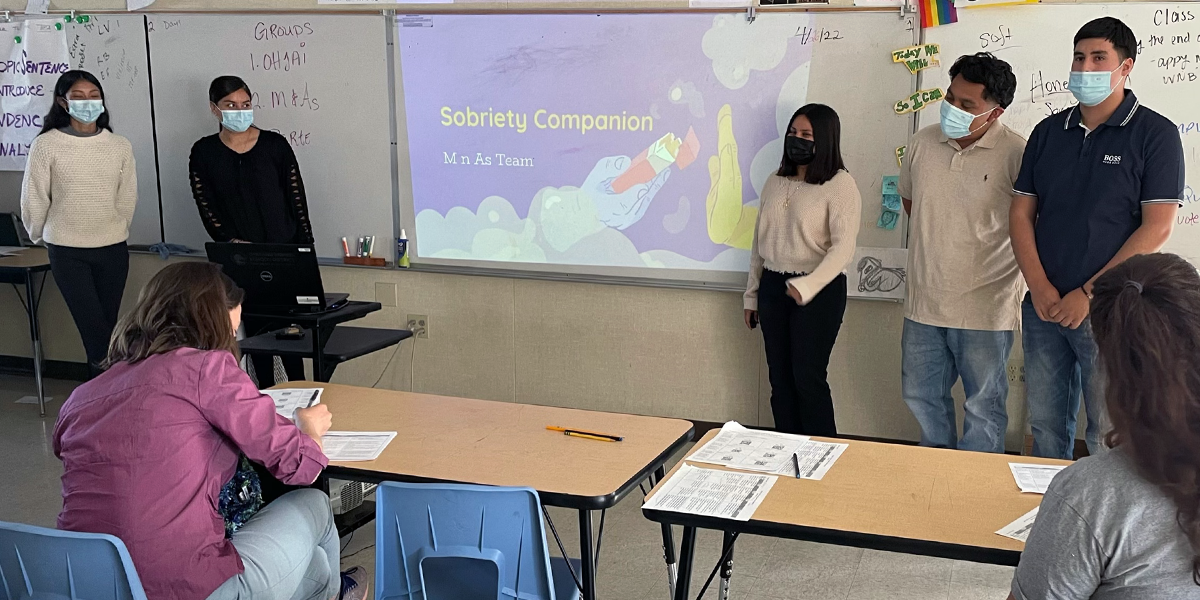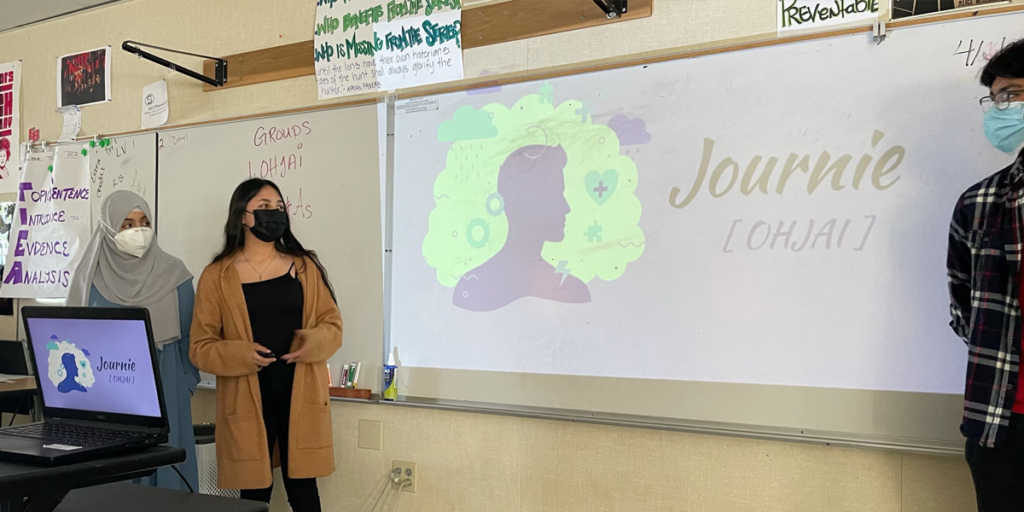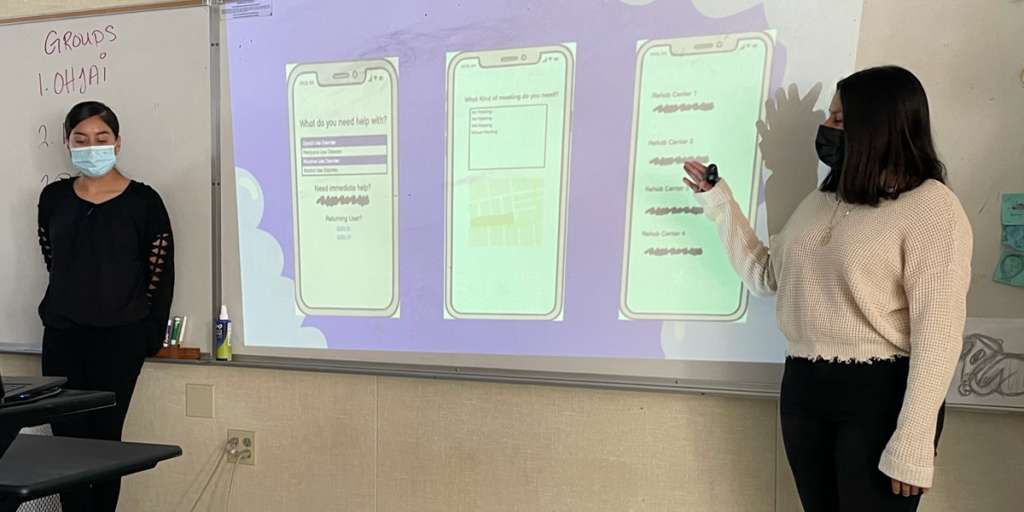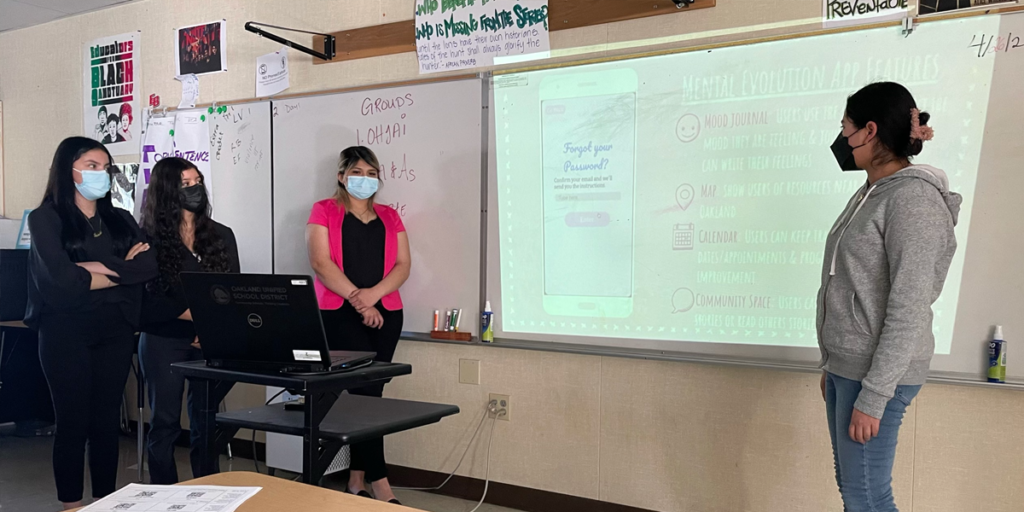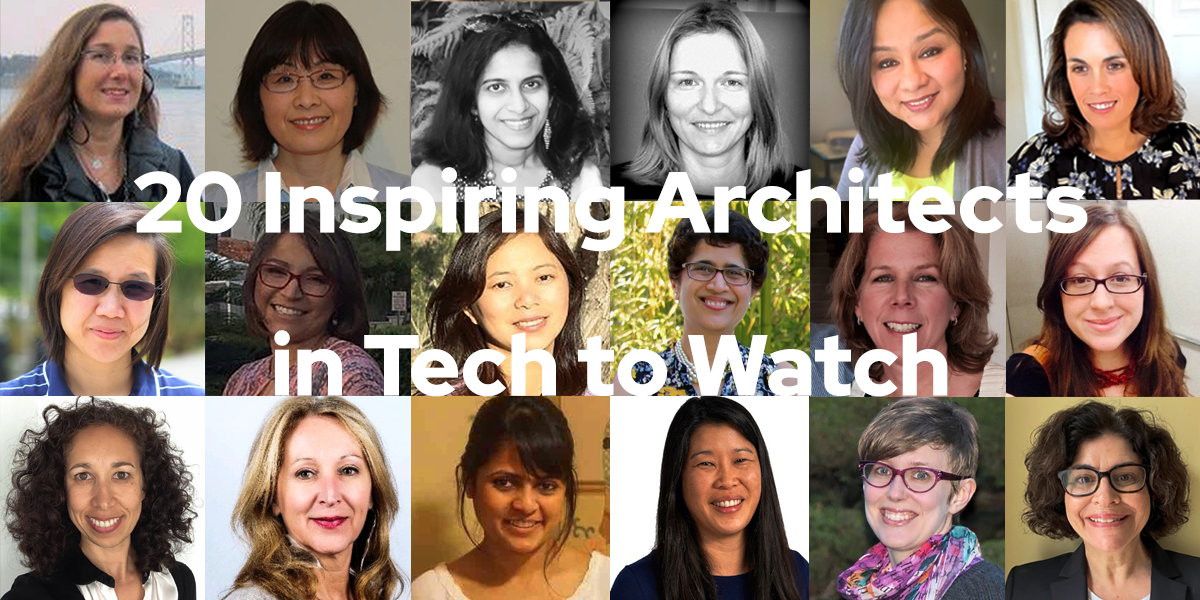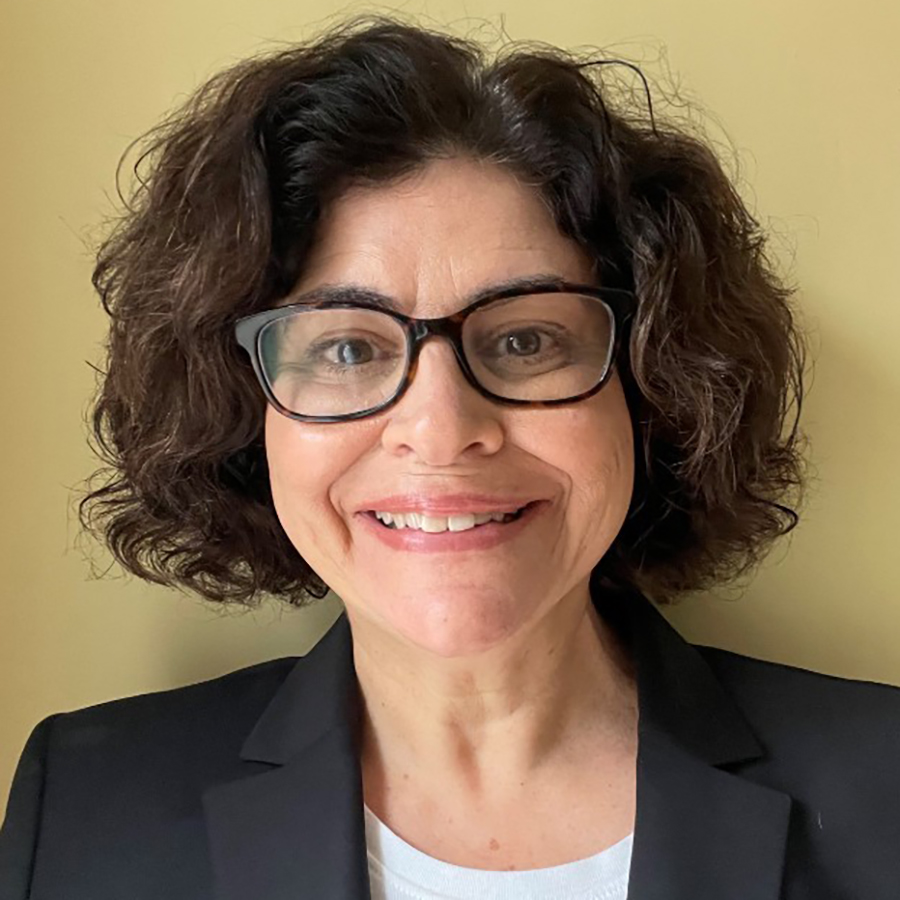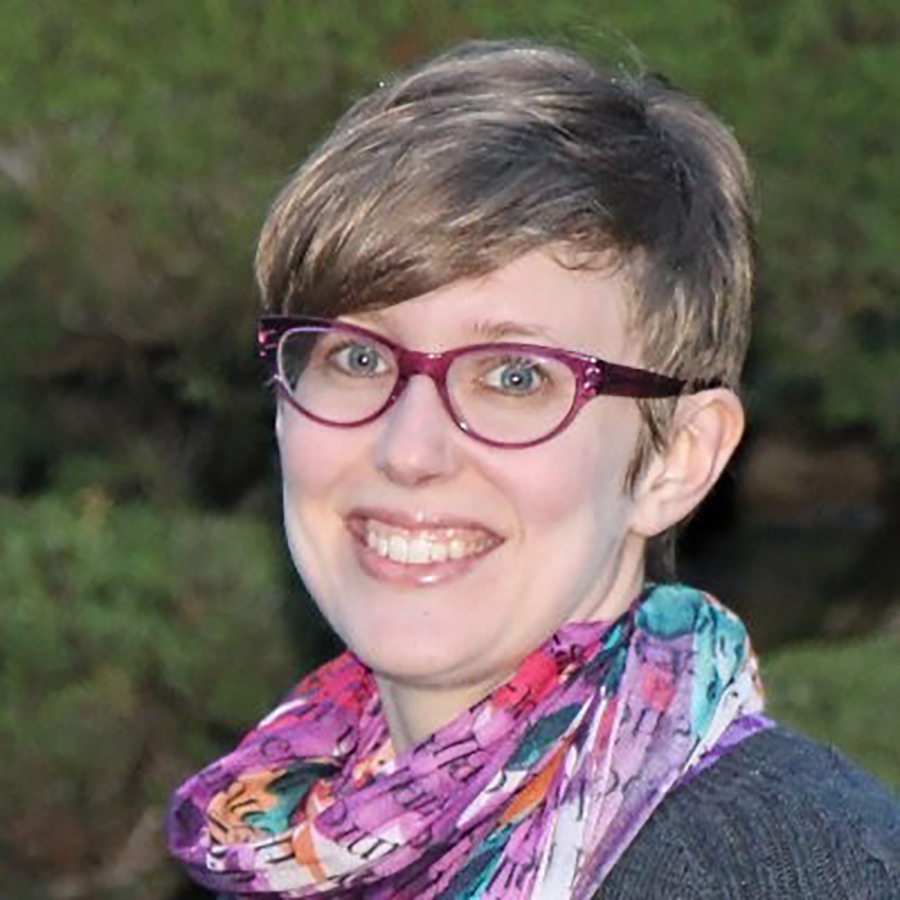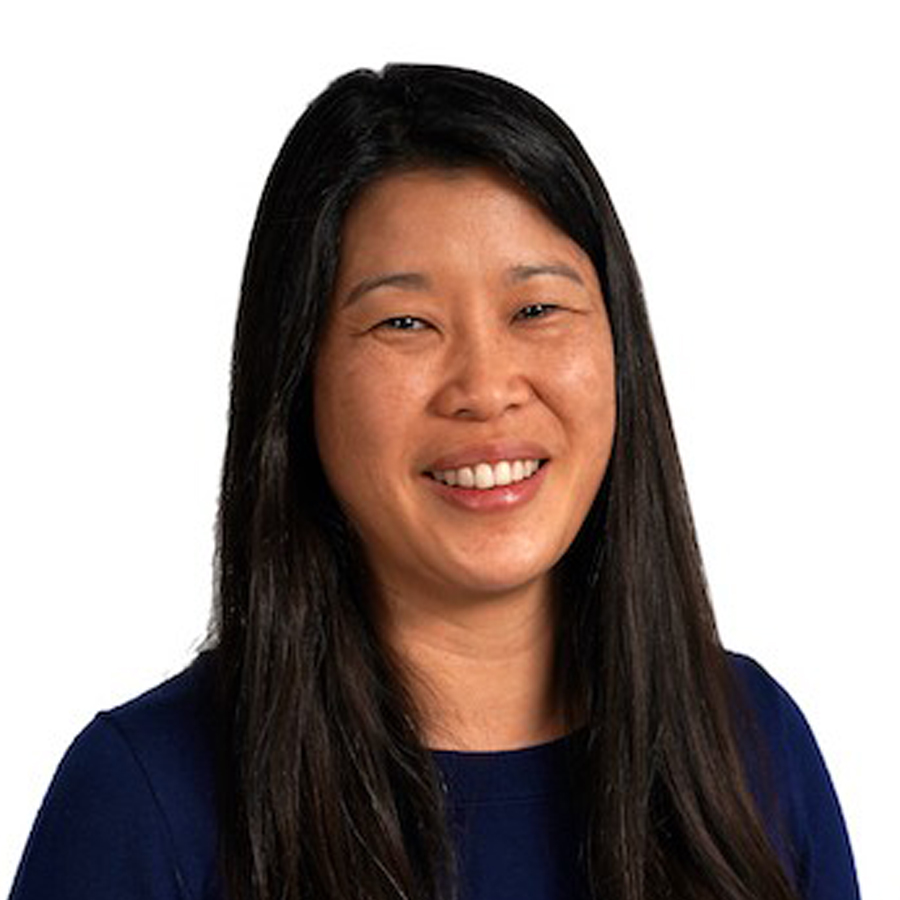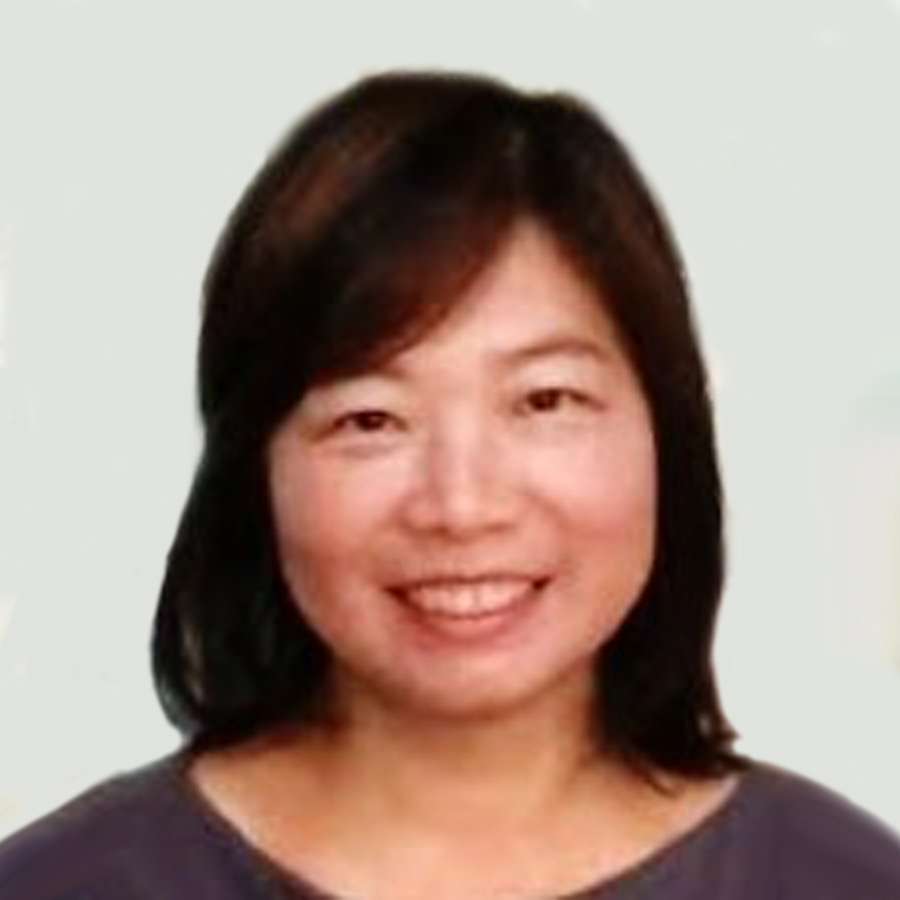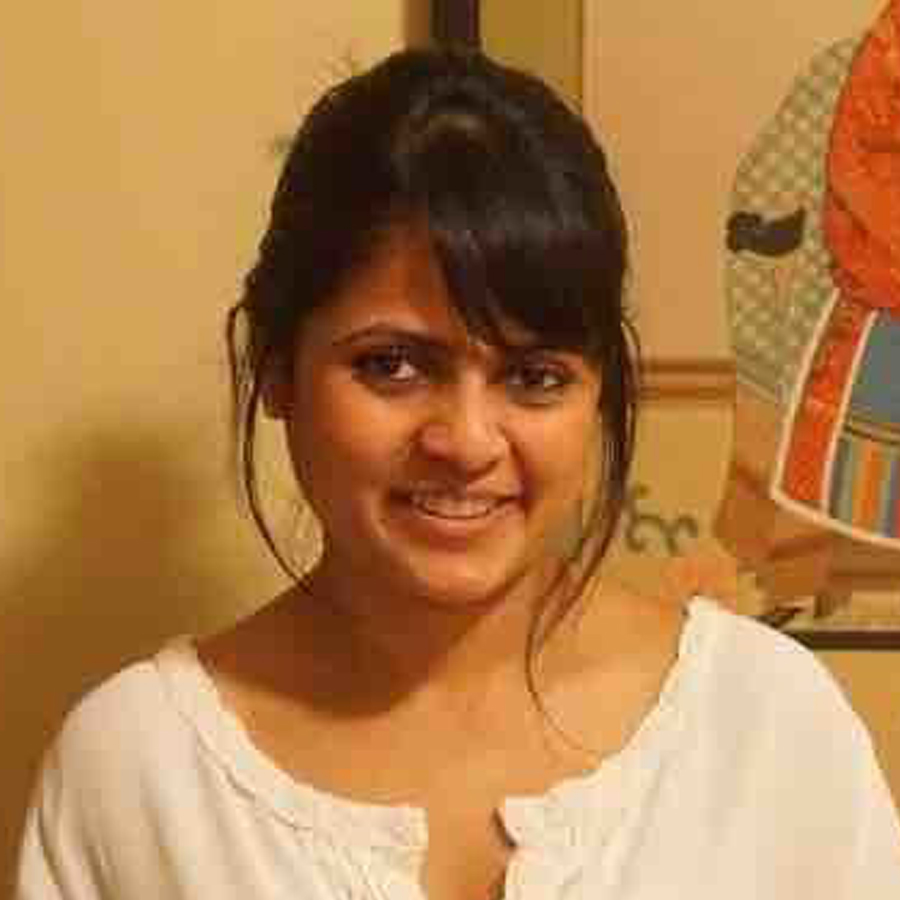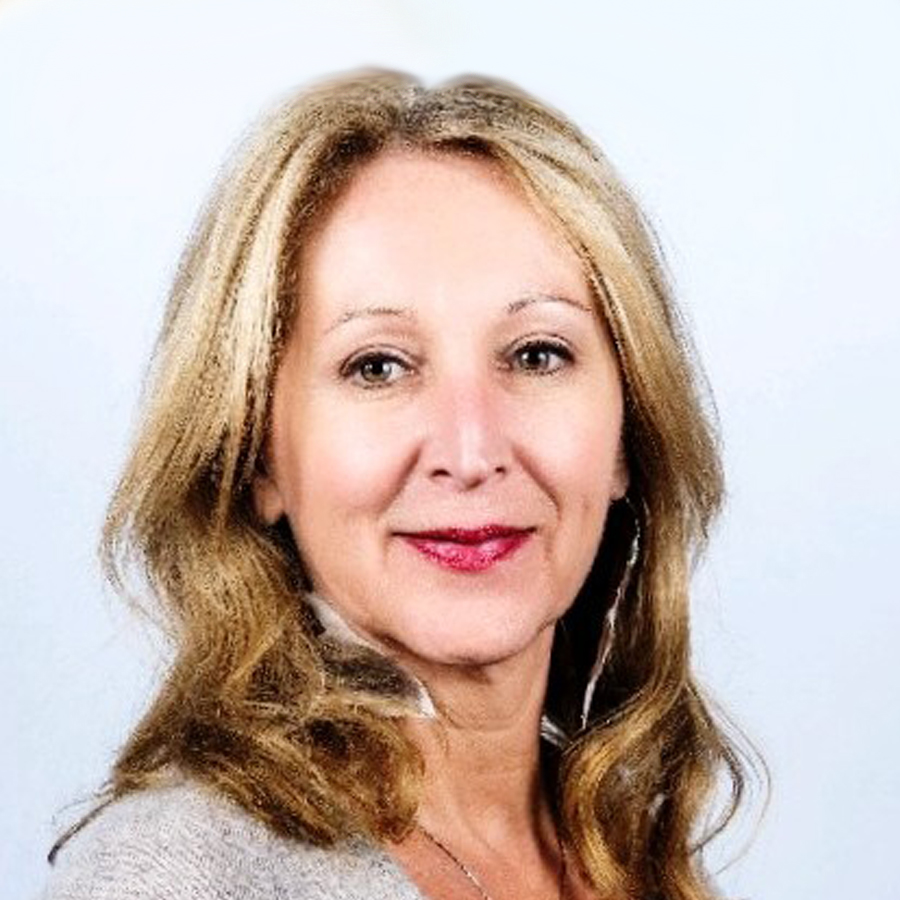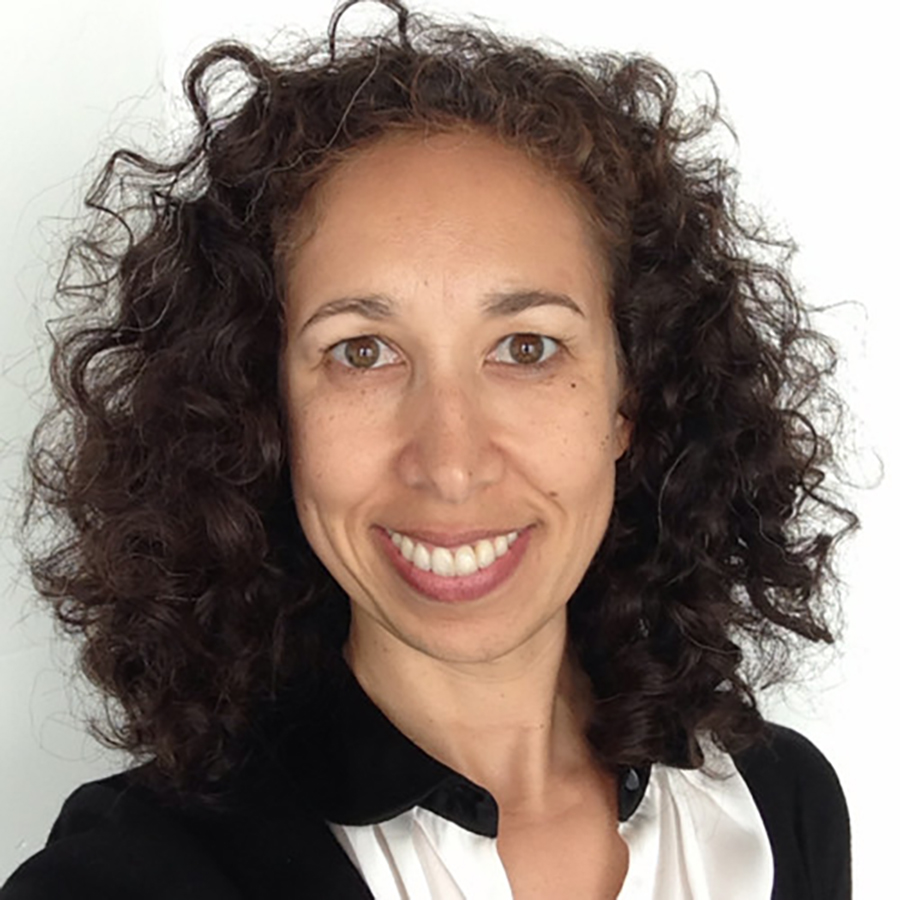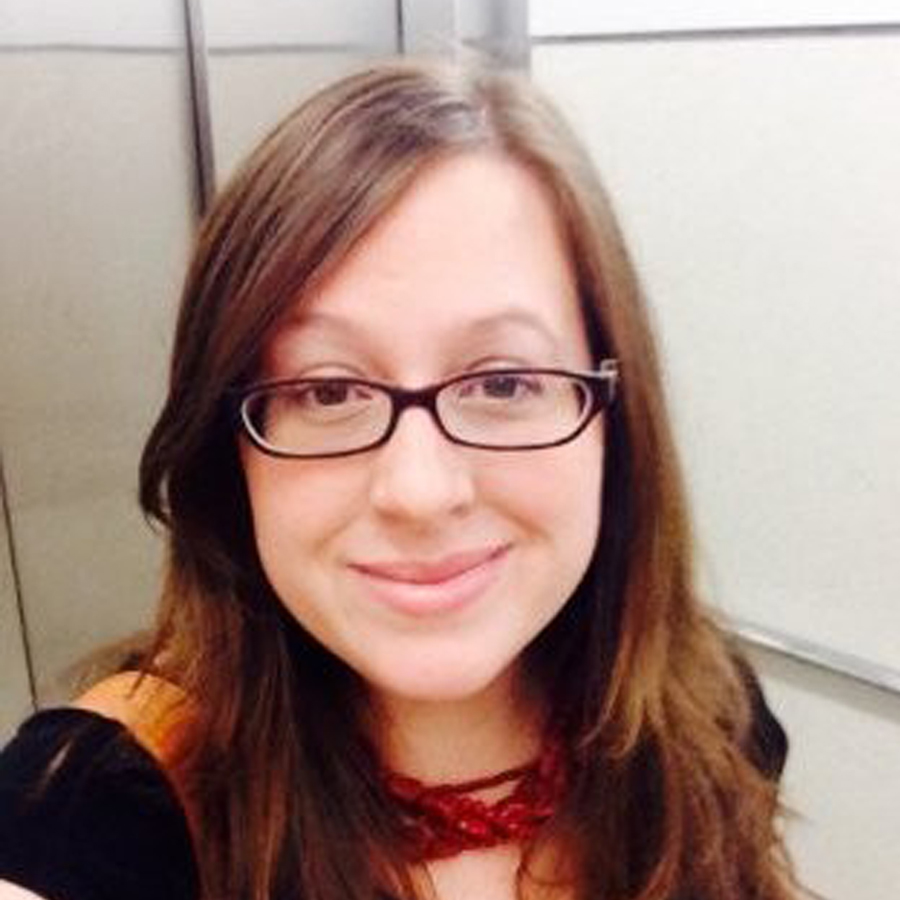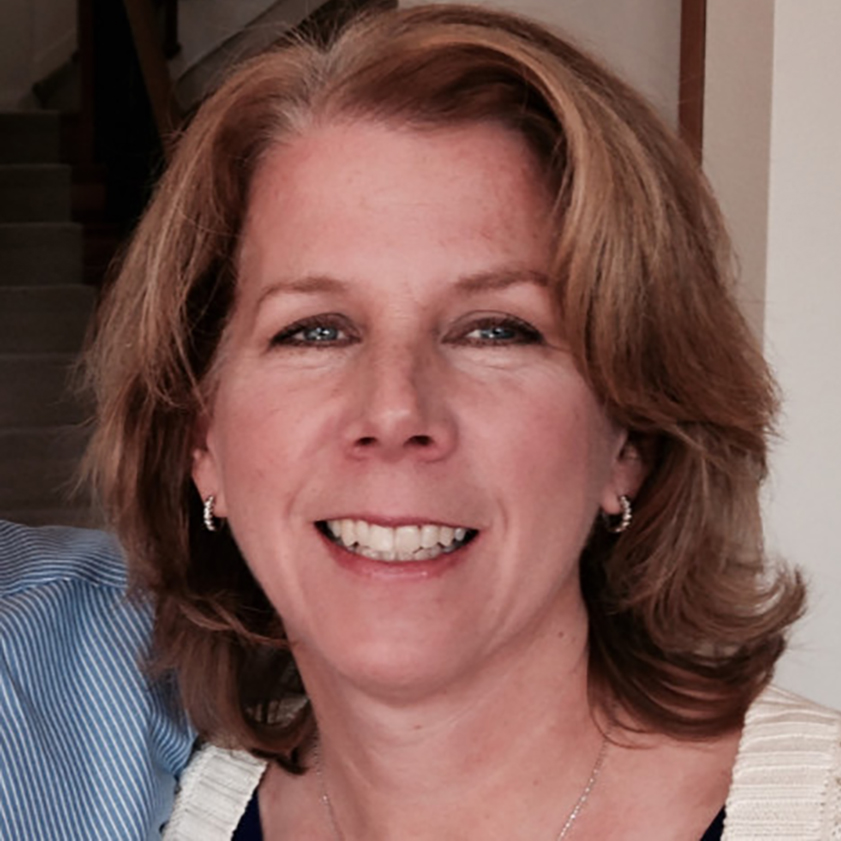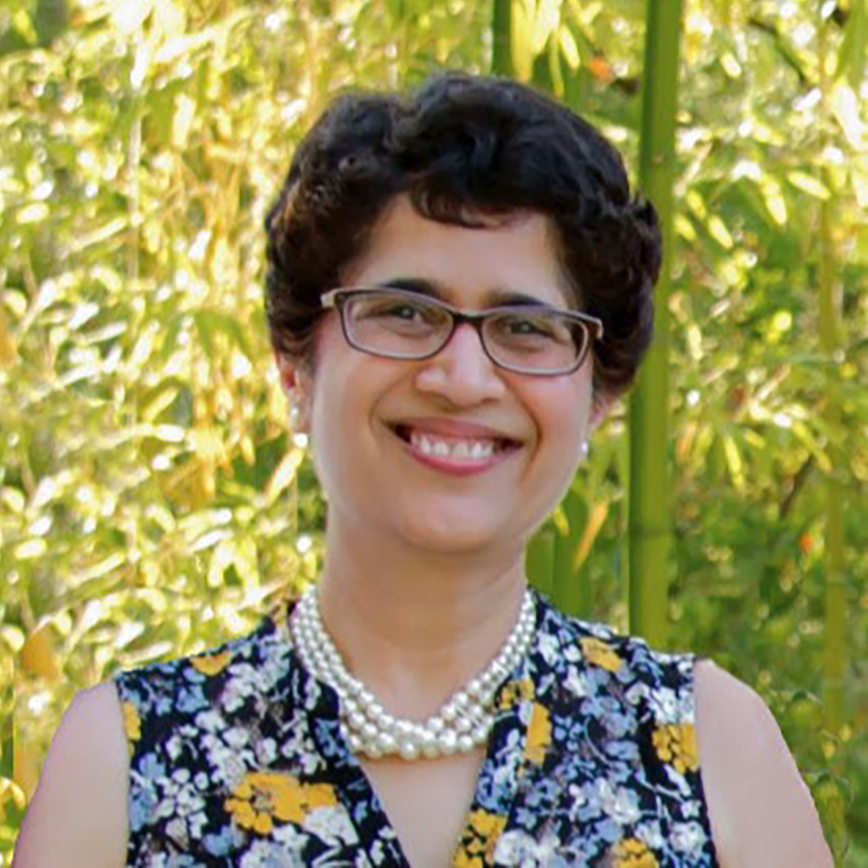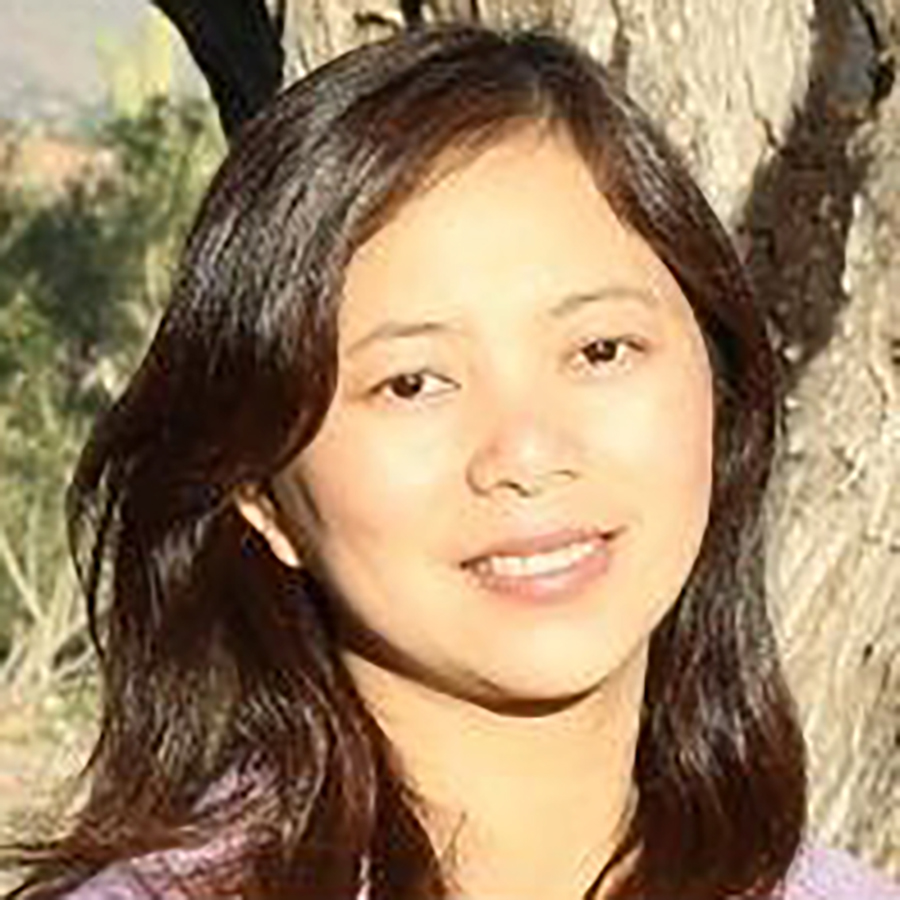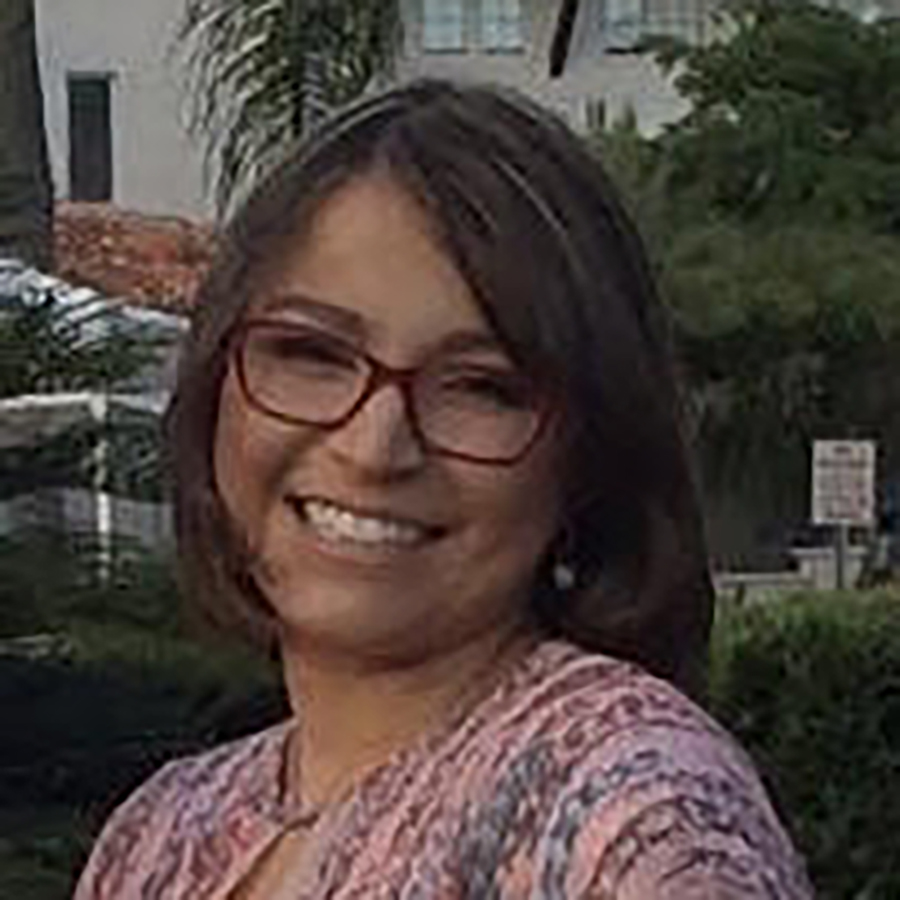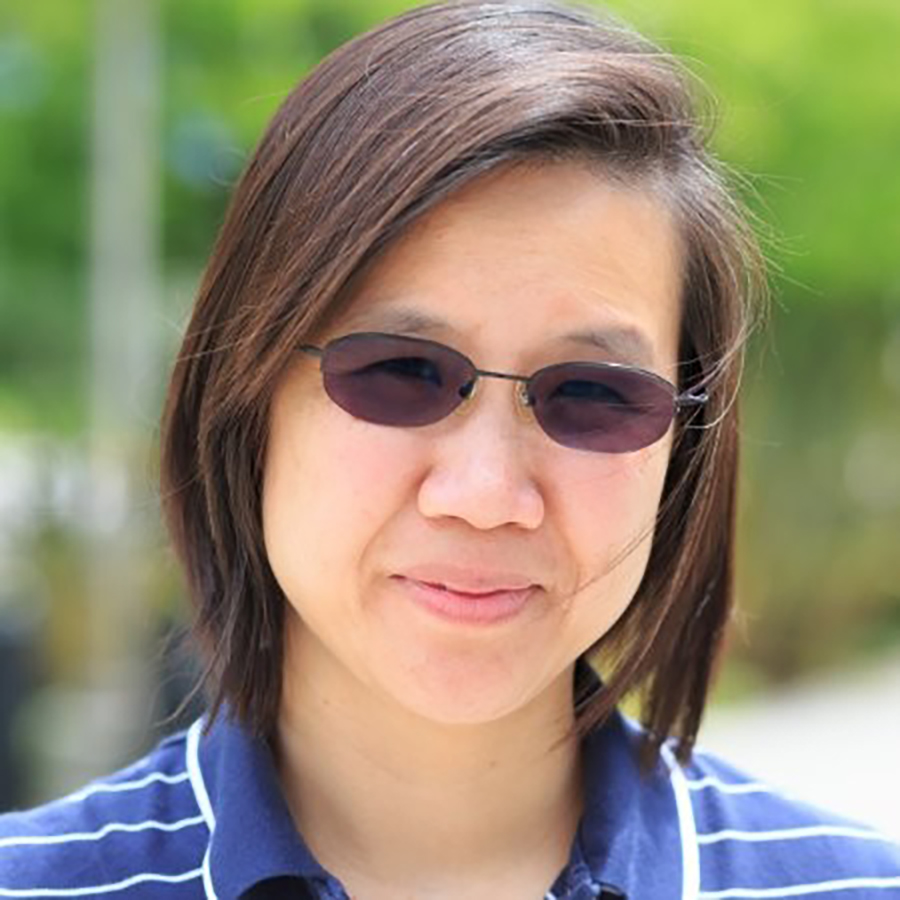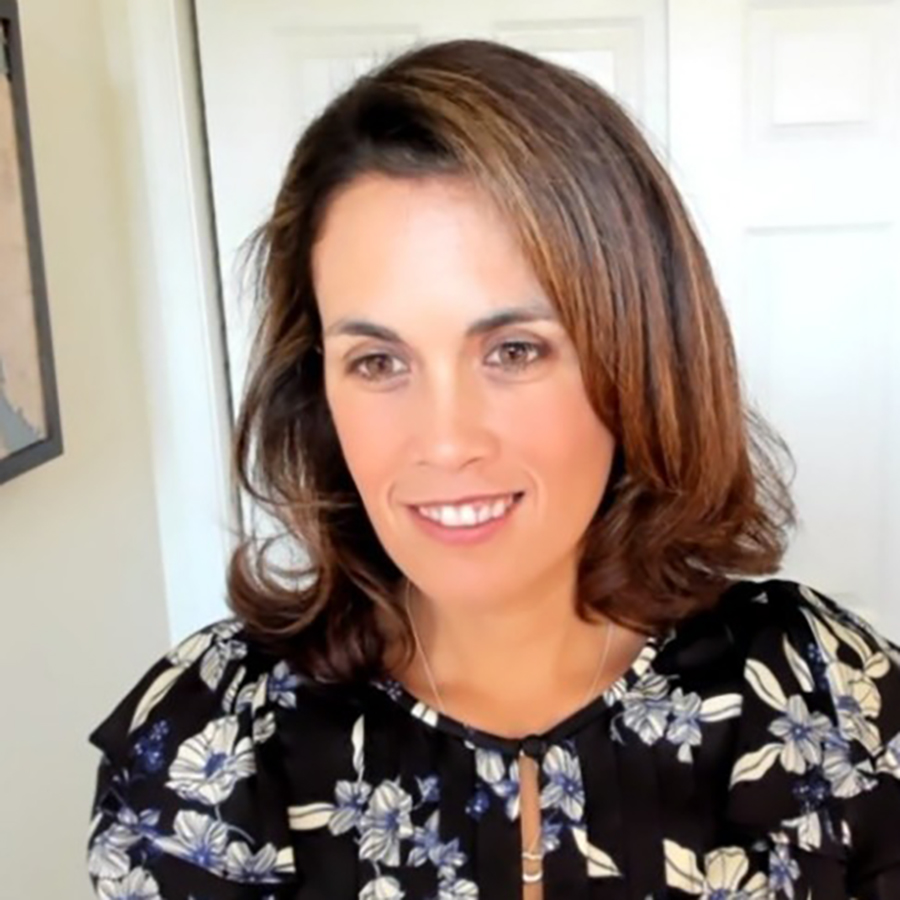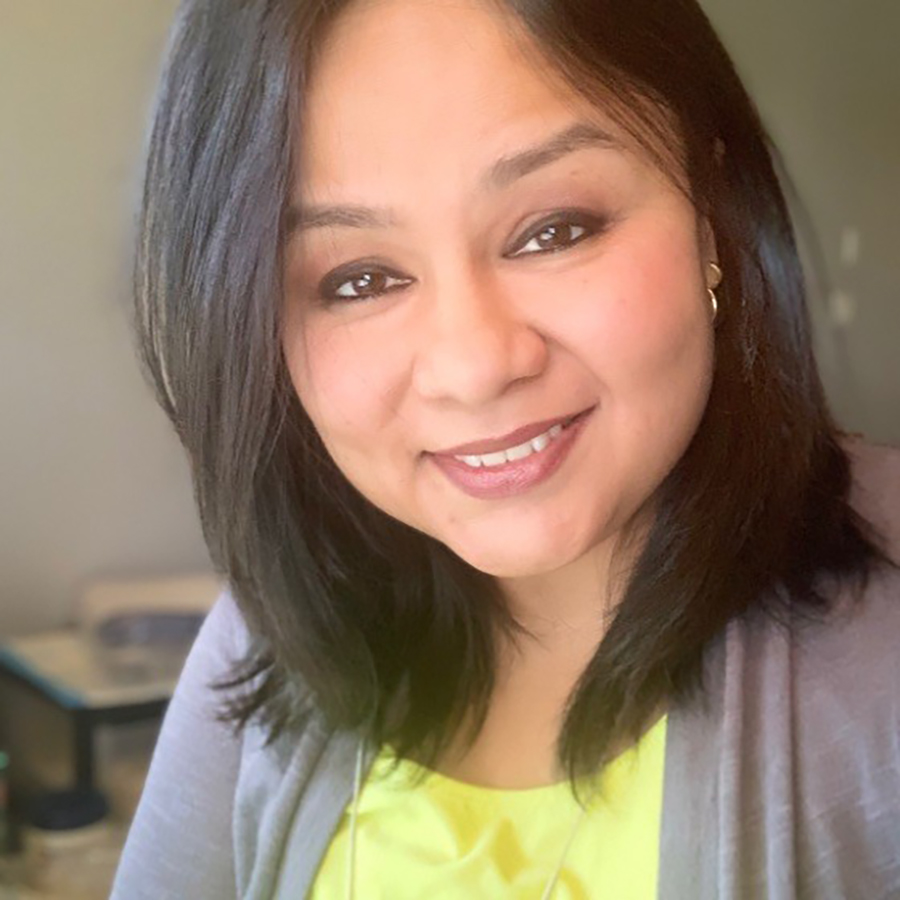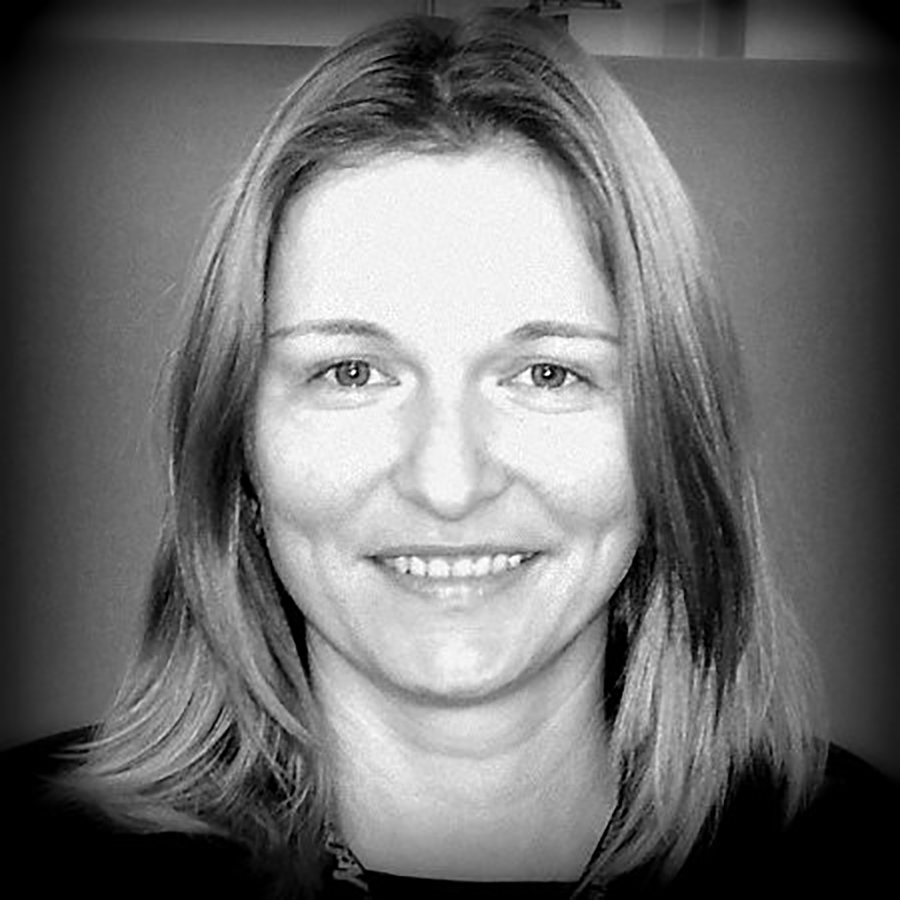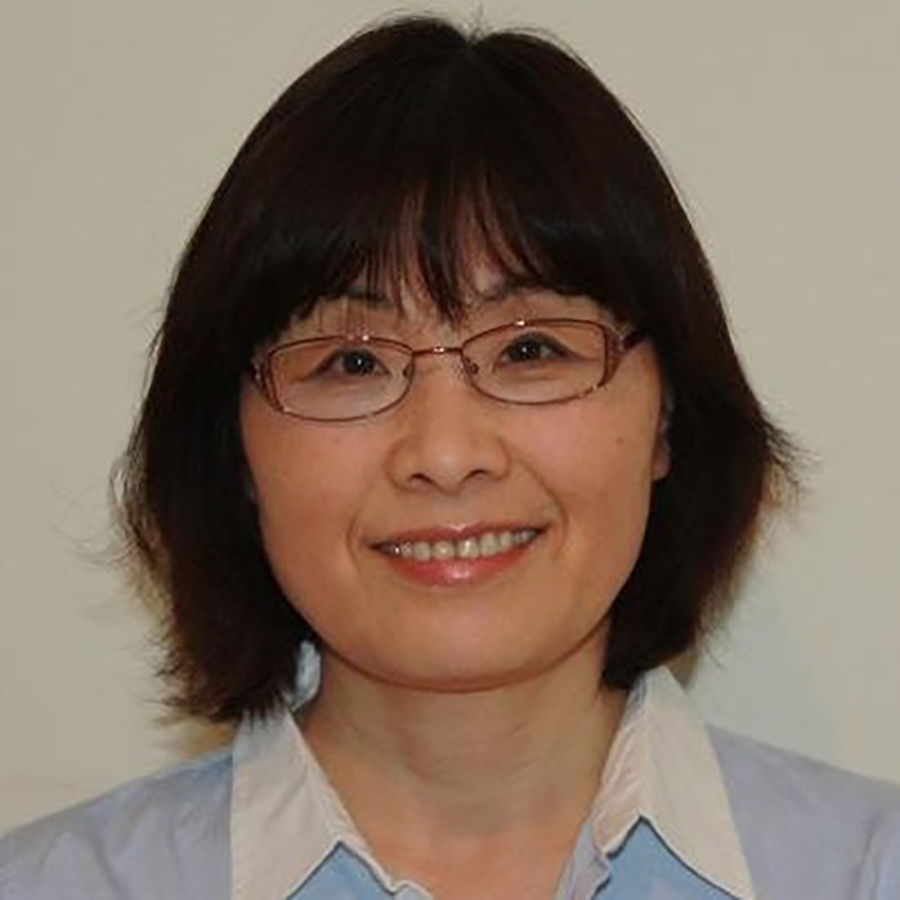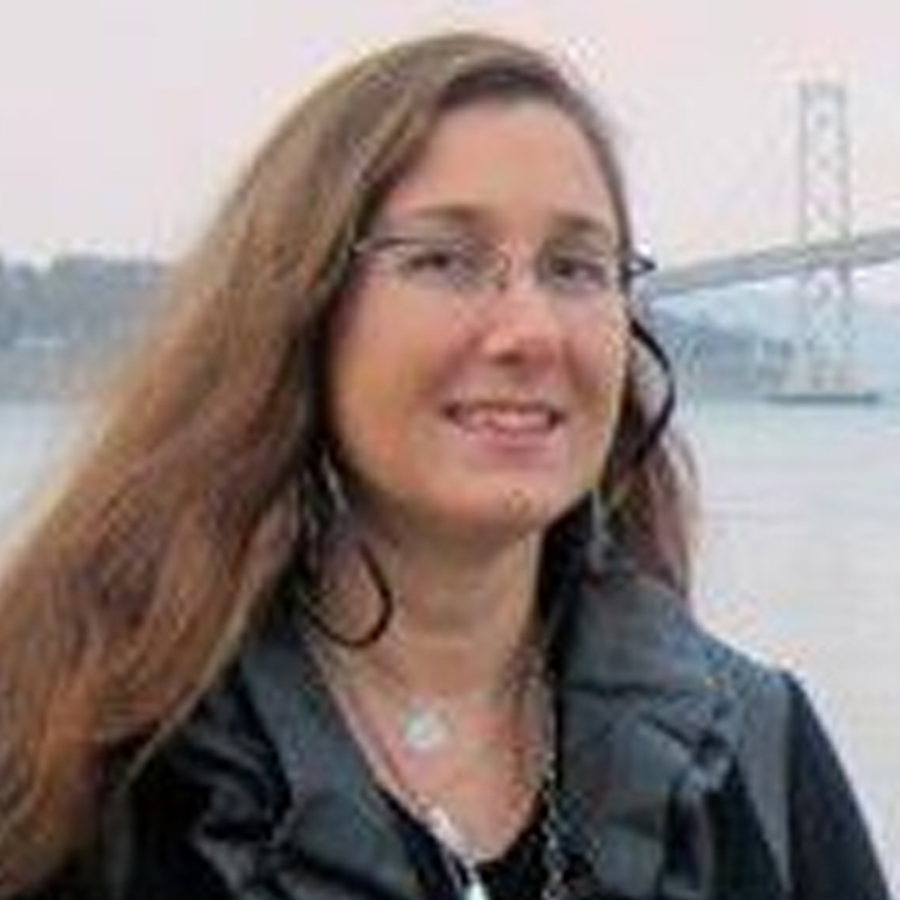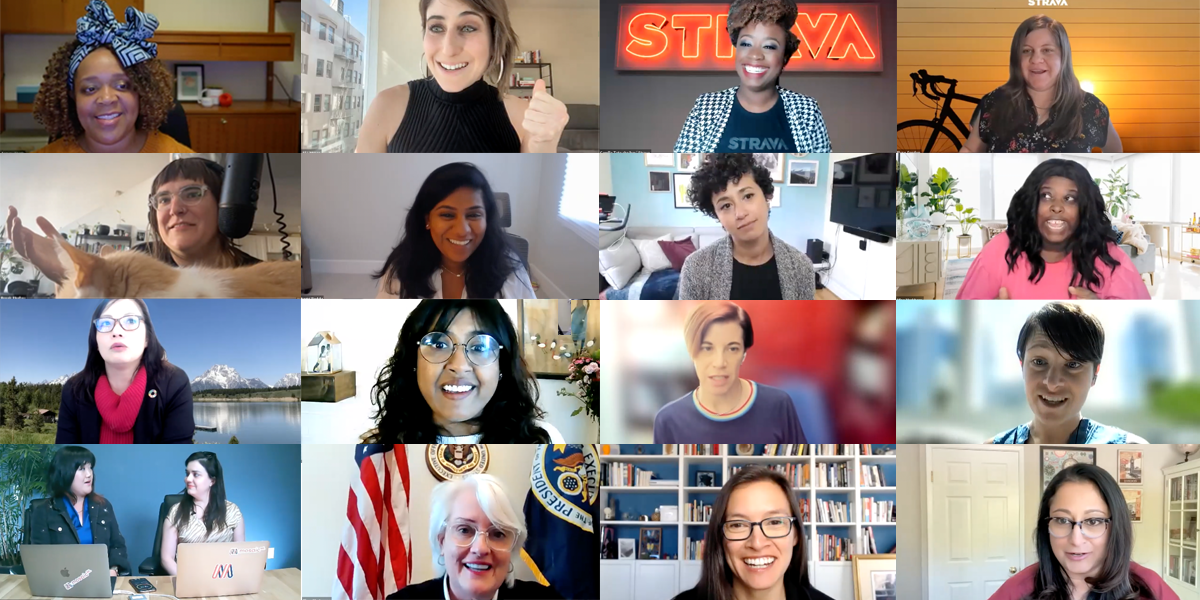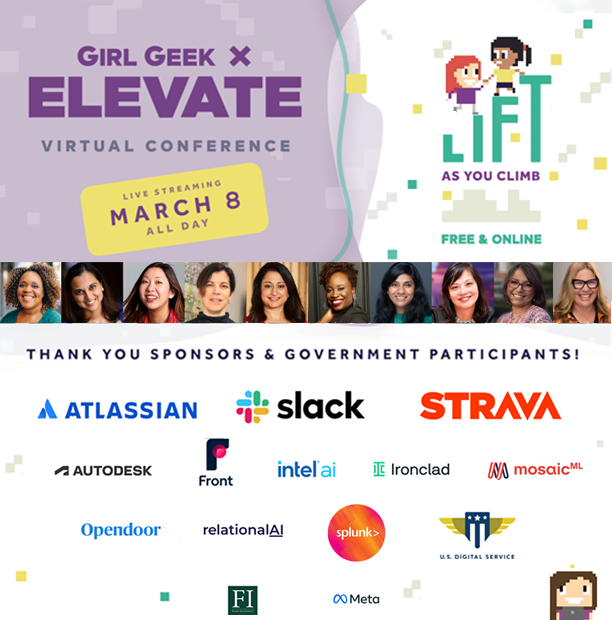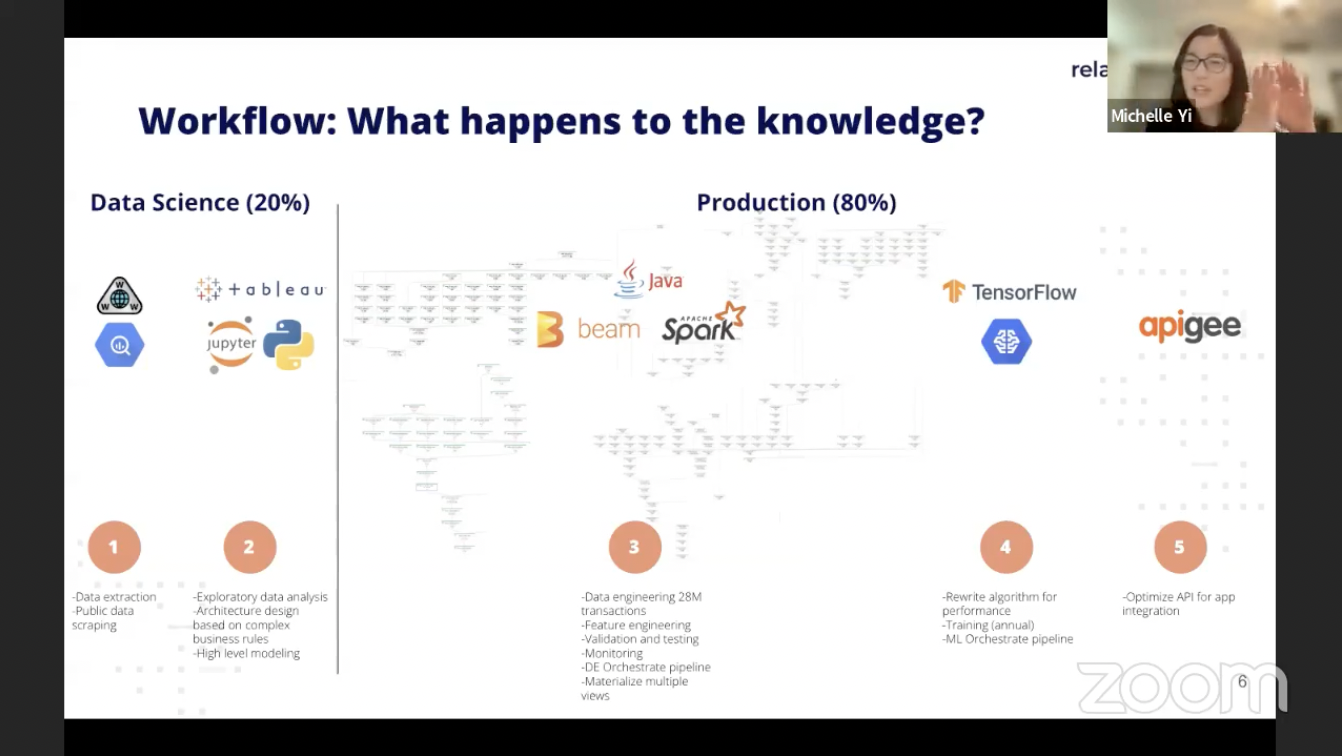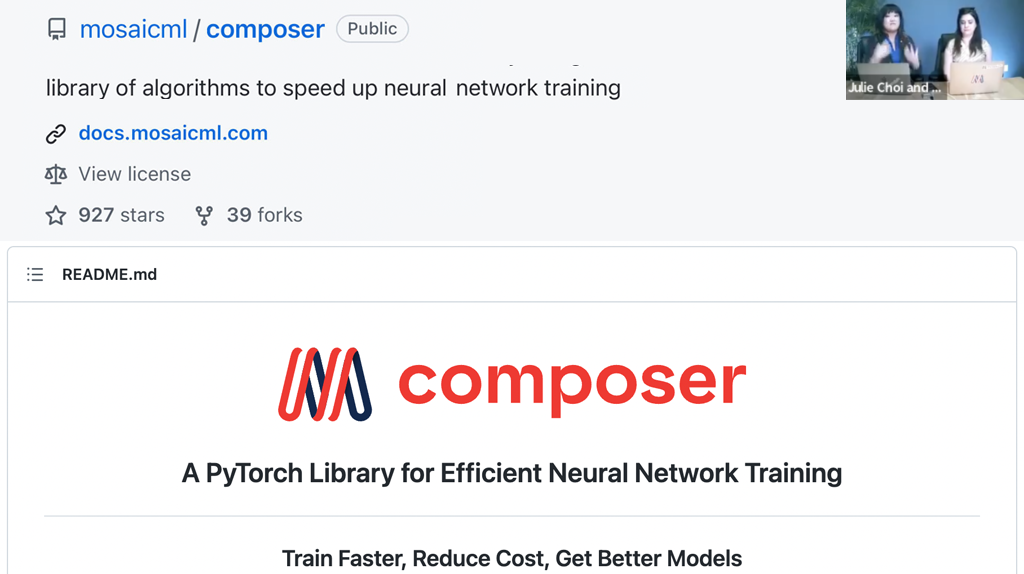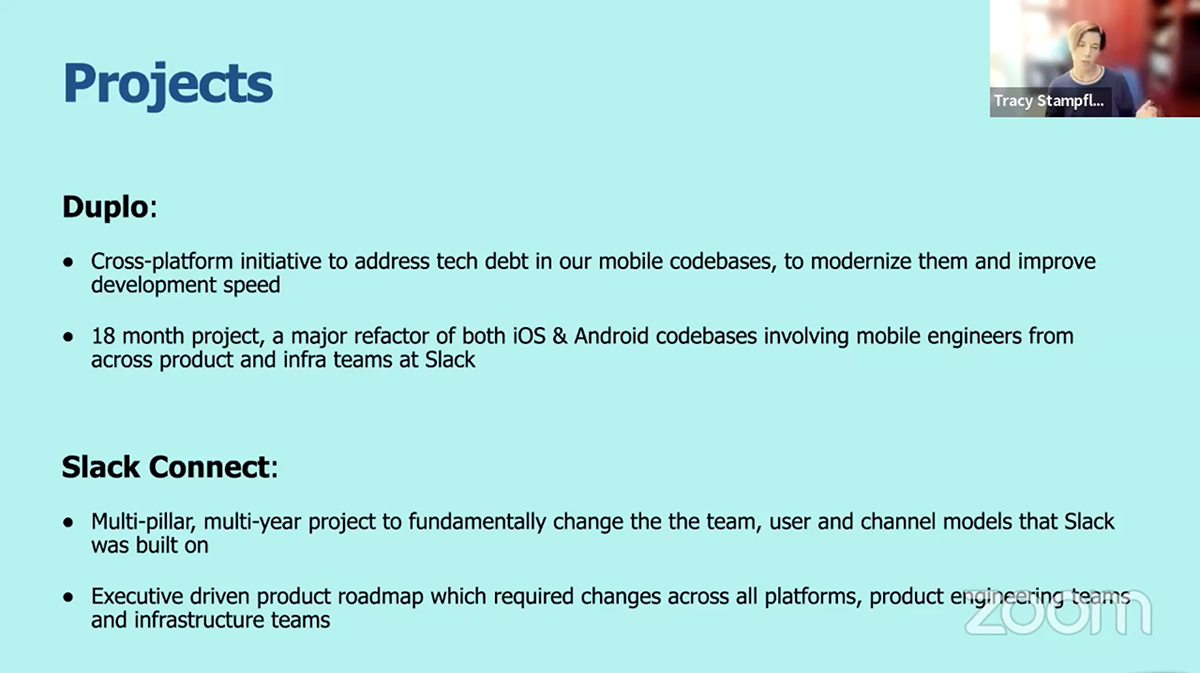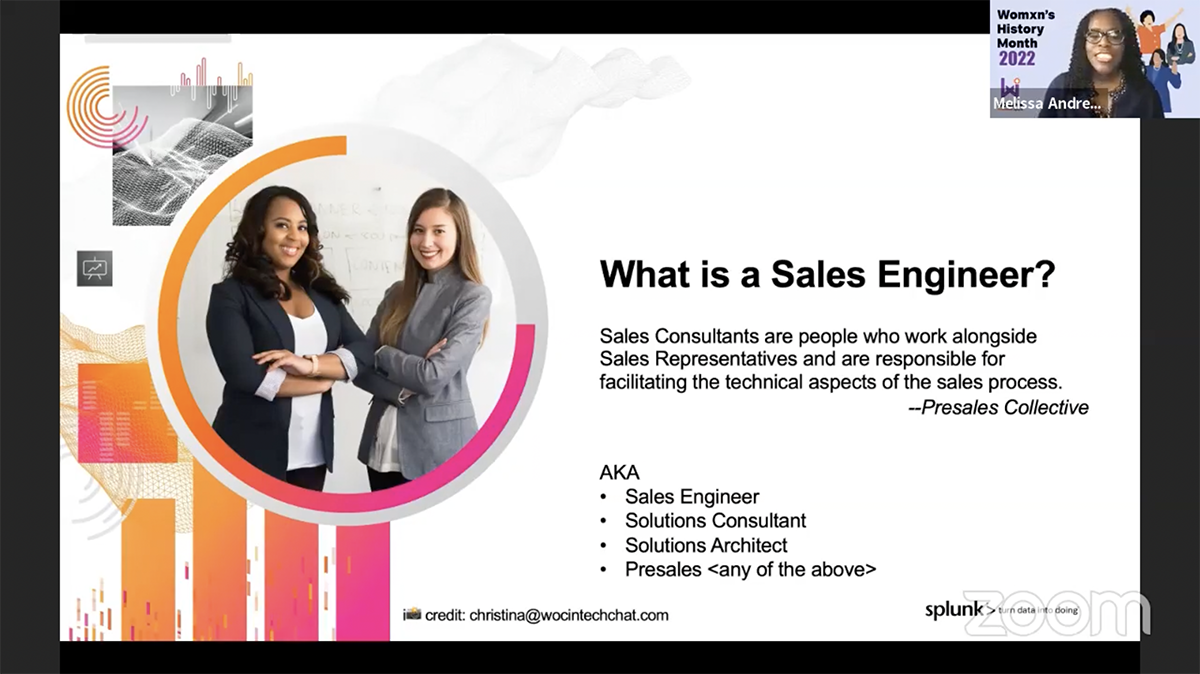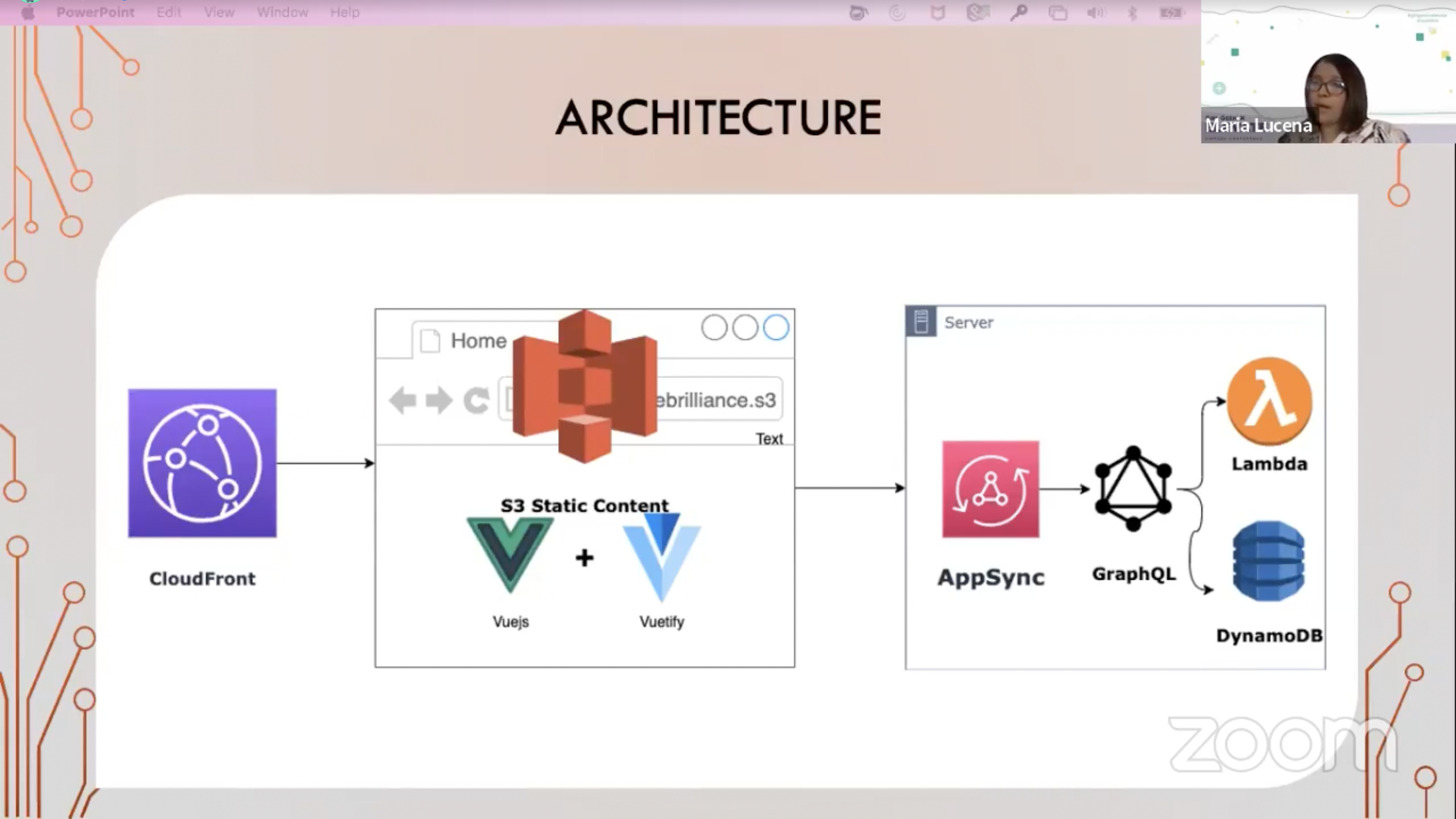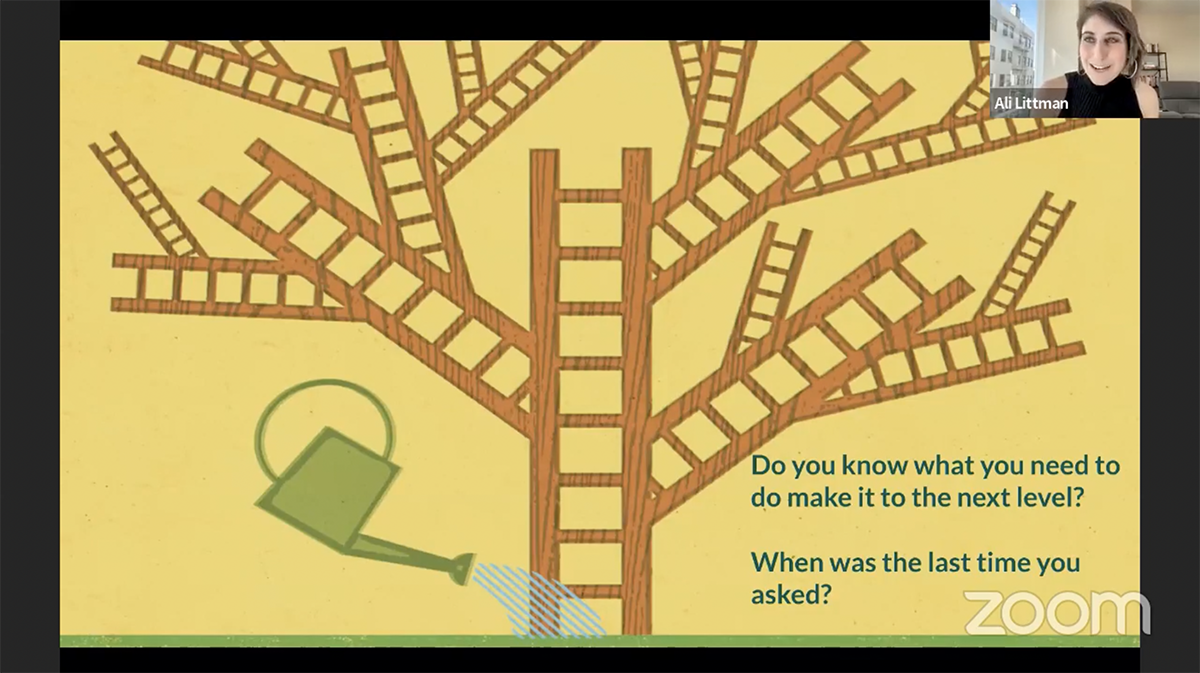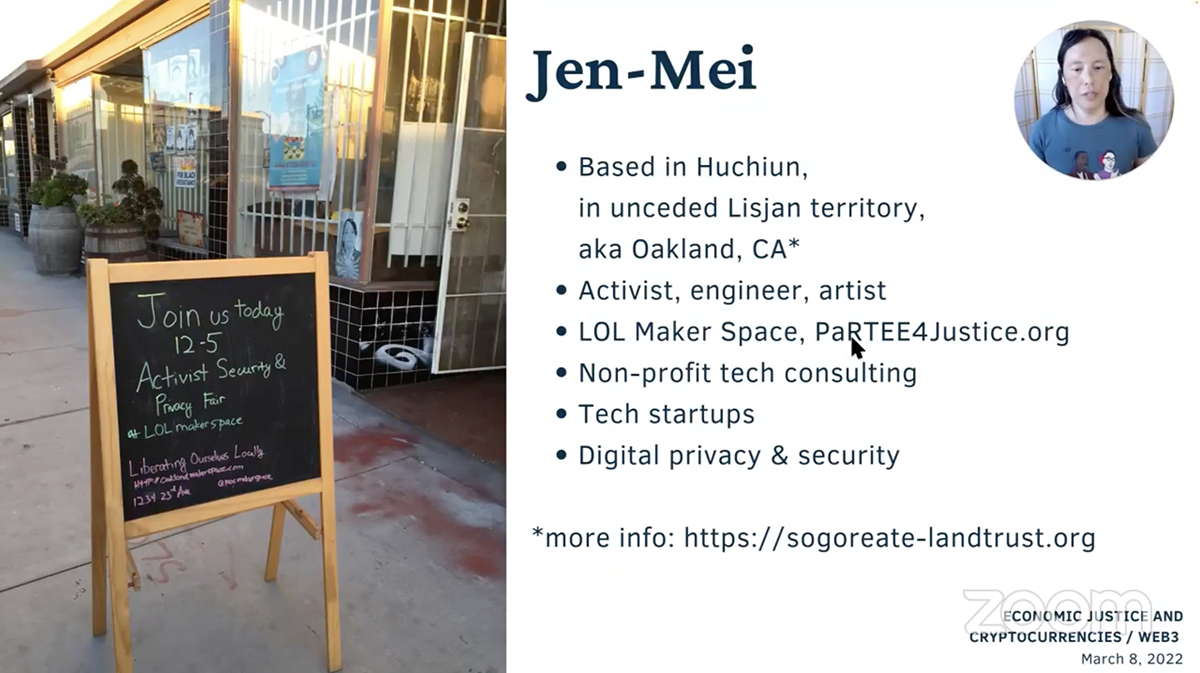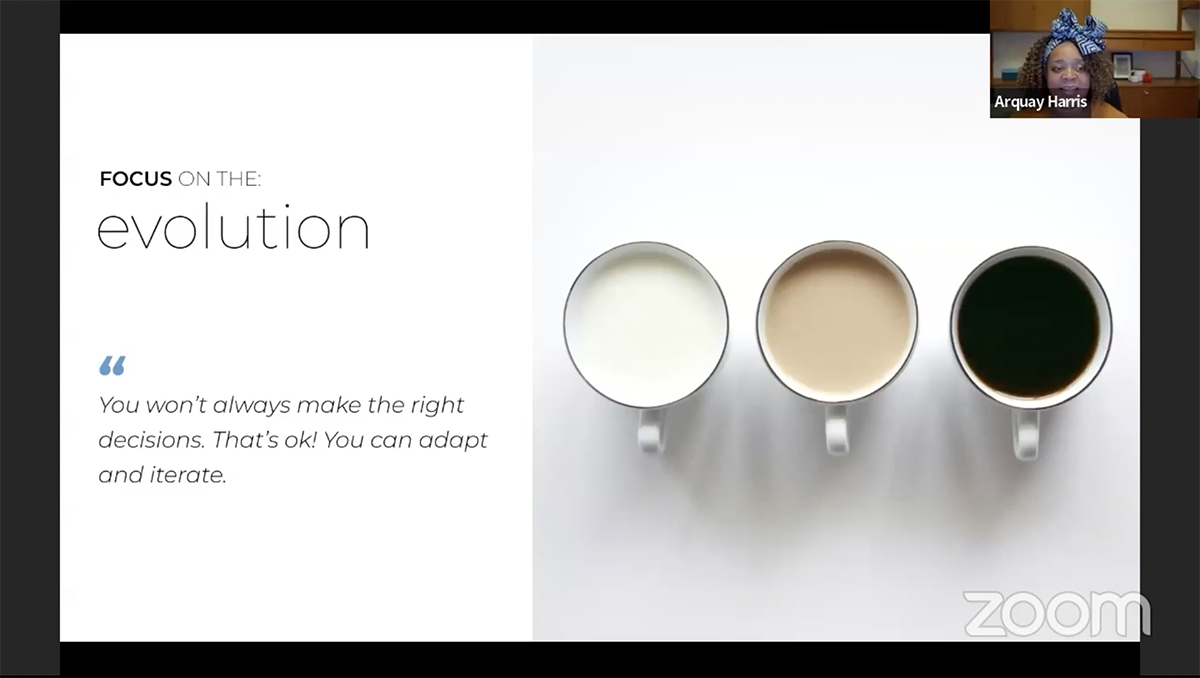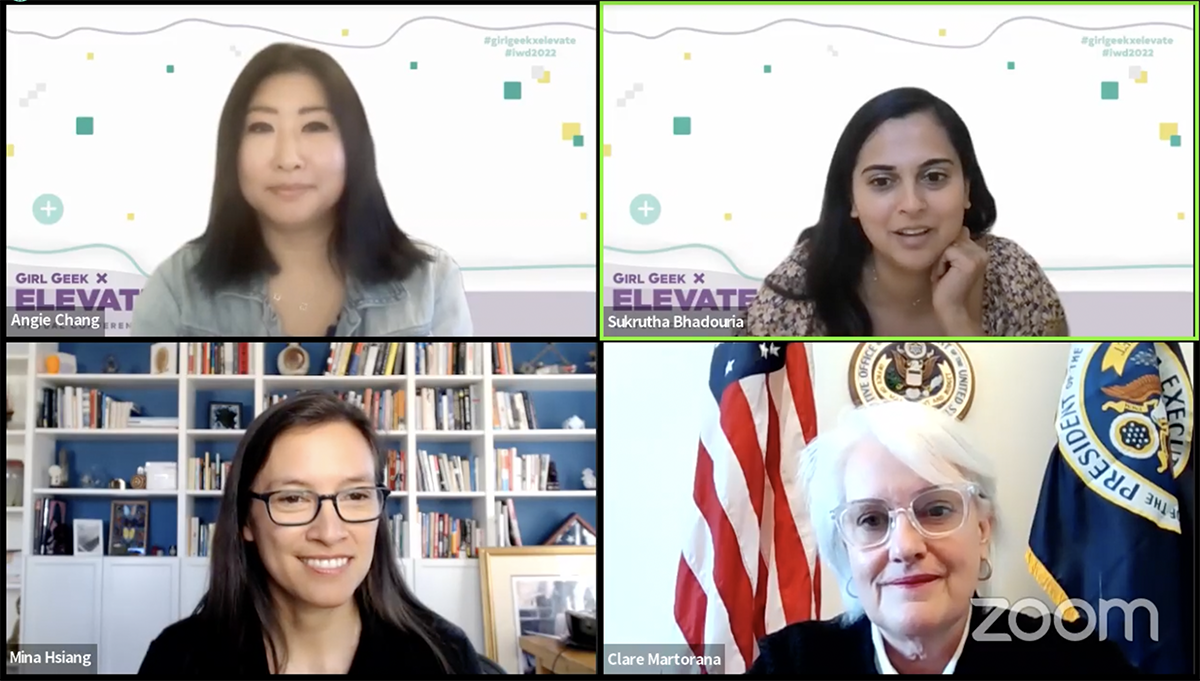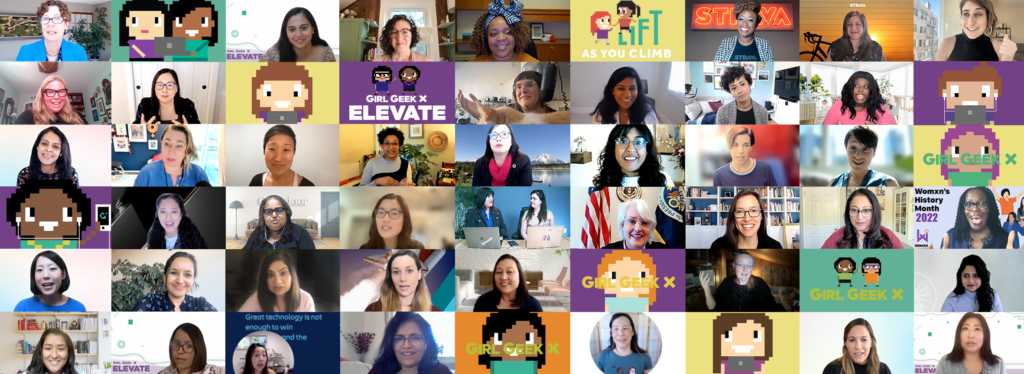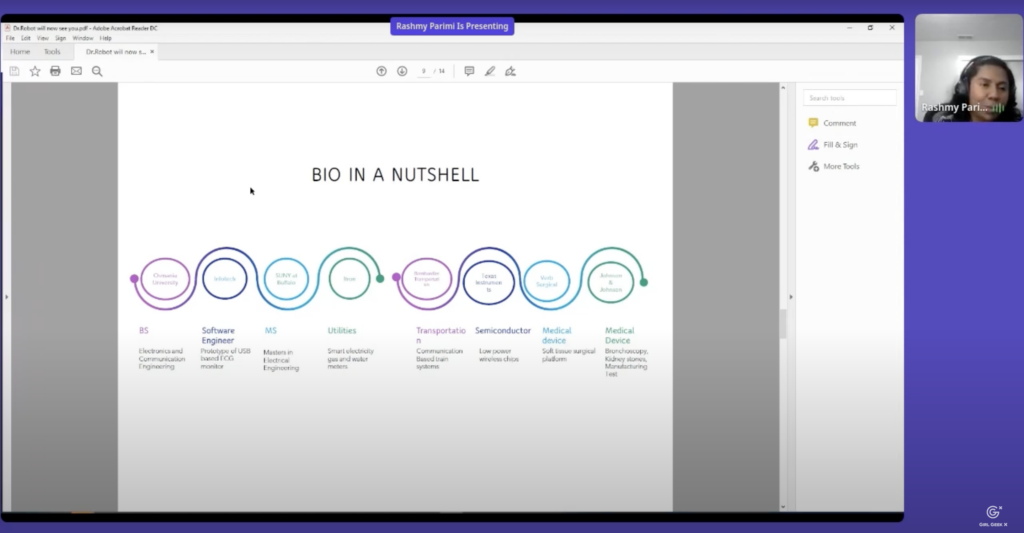Like what you see here? Our mission-aligned Girl Geek X partners are hiring!
Transcript of Cadence Girl Geek Dinner – Lightning Talks & Panel:
Angie Chang: Hi. Welcome everyone to the Cadence Girl Geek X event. My name is Angie Chang, and I am the founder of Girl Geek X. By means of introductions, I mean to say my name’s Angie Chang and I’m the founder of Girl Geek X and Women 2.0. I also spent some time working at a company called Hackbright Academy, which is a women’s coding bootcamp. I also spend a lot of time talking about women starting high-growth, high-tech companies, working in tech, blogging about it. Sometimes I write listicles of women architects, women CTOs, VPs, security chiefs and such.
Angie Chang: Let’s see. Why don’t we do something? Why don’t we pretend that we have our “Hello my name is” name badges, and write in the chat like, “Hello, my name is Angie Chang, Founder, Girl Geek X,” and then put in your LinkedIn URL. I’ll start. I’ll copy and paste this into the chat. That way… I’ve noticed that people at our Zoom events have been sharing their LinkedIn profiles. I want to be the first person to say that, yes, let’s definitely share LinkedIn profiles and share a bit about ourselves more than we can see on these Zoom meetings or Zoom webinars.
Angie Chang: Let’s see. A bit about Girl Geek X. We’ve been doing Girl Geek Dinners since 2008. We started with events at Google and Facebook when they were smaller companies in 2008, and then we went to all these different tech companies. We went to biotech companies. We went to a bunch of companies I’d never heard about before.
Angie Chang: But the thing about that is once I was there, I would learn so much about that company. I’d learn about the industry. I’d learn about the women that worked in it. I would see their job titles and I would be very inspired and educated at that point to recommend that company say to friends. Also, it was really great for networking.
Angie Chang: Hopefully if you have time, you can hang out tonight. Later at seven or so, we’re going to start the networking and Zoom breakout rooms where you can actually chat with each other and connect more in person. But if you can’t, it’s okay, this talk is recorded. All of our events are recorded and put on YouTube later, and that URL is youtube.com/girlgeekx.
Angie Chang: What else? If you want to look at all the events that we have hosted in the past, they’re all on our website. It’s at girlgeek.io/attend, and you can find all our previous events. For example, we were at Discord a week or two ago.
Angie Chang: We just wrapped our annual Elevate conference, which is something we do every year for International Women’s Day.We have an all-day event celebrating women and having a bunch of exciting women leaders speaking about topics like mental health and leadership, not just very ambiguous things. We literally had a keynote on decision making from a VP of engineering.
Angie Chang: We always have a call for submissions. People can in the fall apply to speak at that conference. About 10 of those people who applied to become speakers became speakers at Elevate. There’s definitely a chance that if you submit something, you can be selected to speak. You can also sponsor a Girl Geek event like the Cadence event, where you have an opportunity to put your women on stage and give new tech talks followed by a panel. Then we have some networking.
Angie Chang: There’s just so many companies out there. That’s I think a great opportunity to get out there in front of a bunch of eyeballs and create some great talks that we then put on YouTube. What else? Oh yes. We have a Q&A. If you have a question throughout the course of the event tonight, feel free to put it in the Q&A or you can ask it in the chat, but there is a Q&A feature, so feel free to use it. Some of our speakers may want to answer questions, but they may not have time to answer them on screen so they can pop into the chat and answer them later if you ask them. I want to do my first introduction.
Angie Chang: Alinka is the chief legal officer and corporate secretary at Cadence. She’s responsible for Cadence worldwide legal operations. She has served semiconductor and software companies and her entire in-house legal career at a lot of companies that you may have heard of. Before moving in house, she was in private practice for a decade litigating chemical product liability matters. Welcome Alinka.
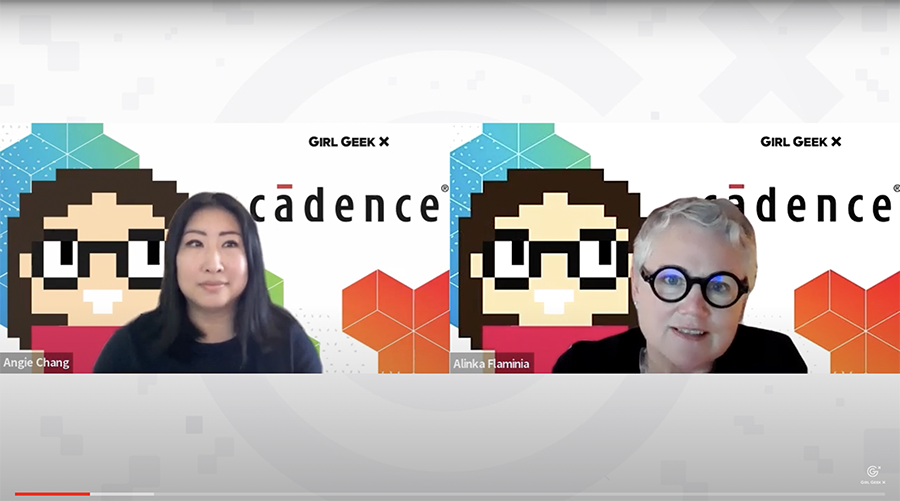 Cadence Chief Legal Officer Alinka Flaninia welcomes audience to Cadence Girl Geek Dinner 2022.
Cadence Chief Legal Officer Alinka Flaninia welcomes audience to Cadence Girl Geek Dinner 2022.
Alinka Flaminia: Thanks Angie. Thanks for the introduction. On behalf of Cadence, we are so honored to partner with Girl Geek X to host this conference in celebration of Women’s History Month. Women have played a significant role in Cadence’s 34-year history, and I’m thrilled to share with you some of our efforts to create a more inclusive and equitable workplace for women and underrepresented groups in STEM. But before I describe some of our DEI efforts at Cadence, let me first tell you a little bit about the company, for those of you who are not familiar with us.
Alinka Flaminia: Cadence is a pivotal leader in electronic design, building upon more than 30 of computational software expertise. Manifesting our intelligence system design strategy, Cadence delivers world-class software, hardware, IP across all aspects of the design electronic systems. Our customers include the world’s leading companies, delivering extraordinary products from chips to board to complete systems for the dynamic market applications, including cloud and hyperscale computing, 5G communications, automotive, mobile, aerospace, consumer industrial and healthcare. It’s fantastic to work at a company where the same set of tools enables innovation across such a diverse set of industries.
Alinka Flaminia: Actually for me, it’s kind of mind blowing, and I believe that the true enabler behind Cadence’s success is our high-performance inclusive culture. Our one Cadence, one team spirit is core to who we are, and embracing diversity and fostering inclusion are key tenets of our Cadence culture. Cadence encourages and fosters diversity equity and inclusion on many fronts, internal and external, through recruiting and university partnerships, education, leadership training, pay equity and promotion and building community.
Alinka Flaminia: A few examples include our sponsorship, diversity and technology scholarship programs for women, black students and Latinx student to support these underrepresented groups in their pursuit of STEM education. We celebrate and support our employee-led inclusion groups for black, LatinX, veteran, LGBTQ+ and women employees and their allies to build community at Cadence and beyond. Cadence offers professional development through advanced leadership and mentorship programs specifically geared toward our girl geeks and black and Latinx employees.
Alinka Flaminia: Cadence is investing in the pipeline of a more diverse employee population through partnerships with nonprofits and organizations that serve underrepresented groups in STEM like the National GEM Consortium, Society of Hispanic Professional Engineers, National Society of Black Engineers, Society of Women Engineers, Out In Tech, Girls Who Code, and I could go on.
Alinka Flaminia: Our culture has been recognized globally, earning Great Places To Work awards in 14 countries around the world, including seven years in a row on Fortune’s 100 Best Companies To Work For, rankings on Europe and Asia’s Best Workplaces, listed on Newsweek’s Most Love Workplaces and the Best Place To Work For LGBTQ+ Equality on the Human Rights Campaign’s 2022 Corporate Equality Index. Diversity, equity, and inclusion are top priorities for me and the rest of the executive management team, and our board of directors.
Alinka Flaminia: We are excited to work with Girl Geek and highlight in this conference some of our amazing innovators at Cadence and hear how they are helping us solve technology’s toughest challenges. I am not a technologist, but I am most definitely a geek. Regardless of your specific interests, we girl geeks are united by our passion, our drive, and most especially by our curiosity. The speakers and panelists are some of Cadence’s very best girl geeks, I’m certain they’ll stoke your curiosity about our business and provide great tips for advancing your career. Thank you for joining us today, and I’ll now turn it back over to Angie to introduce our first speaker.
Angie Chang: Thank you, Alinka for that warm welcome from Cadence. Our first speaker tonight is Helen Zhan. She graduated from the University of Tianjin in 2000 with a double major in computer science and economics. She began her career as an IP/SOC engineer at NEC in Japan focusing on both design and verification. Shortly after that, she joined Cadence, where she’s been for the last decade plus. Her passions for debugging failures and finding the root cause of issues has allowed her to grow her career at Cadence. Welcome Helen, who is joining us from Beijing tonight.
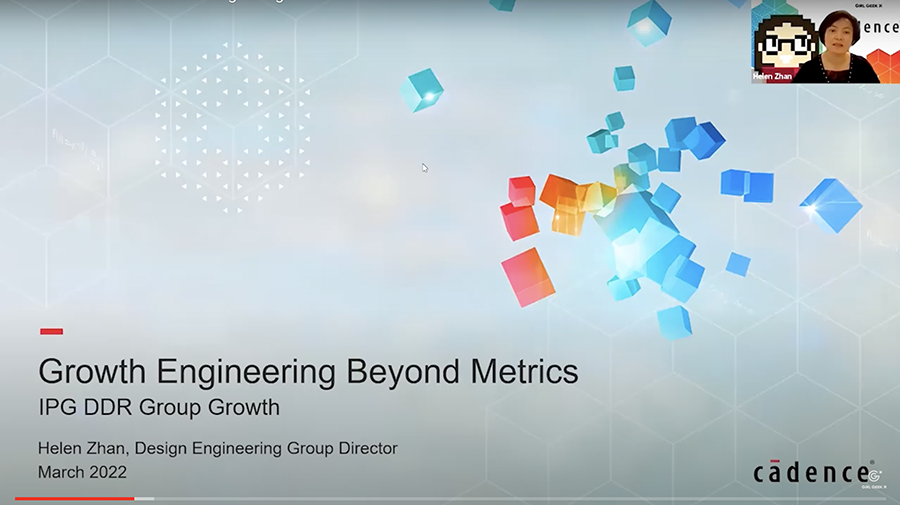 “Growth Engineering Beyond Metrics” by Helen Zhang, Cadence Design Engineering Group Director.
“Growth Engineering Beyond Metrics” by Helen Zhang, Cadence Design Engineering Group Director.
Helen Zhan: Thank you everyone. I’m Helen from Cadence. Today, I would like to share my story along with the team girls. Okay. I will use them putting in my later talk. I will use the integrated IC, IP, IPG, DDR, LPDDR, PHY and Mbps in my later talk.
Helen Zhan: Firstly, I would like to introduce the function group of my team. Similar to other any centers, we do have the six different function groups along with our journey like the different kind of the design, verification, solution team and the success team. With all this different function team, it provide the complete system solution for the memory system of each customers.
Helen Zhan: Our team did start from the 2011. Then we have the big growth from that year. After three years, we did break into top four of the senior IP core ranking and along with that long journey, we did achieve many milestones of the word first silicon to ensure our IP become more challenging to the market.
Helen Zhan: Today, I would like to share with the story of the team grows. When we start the team, we need to find the proper goal of our team. So we had we will be the market co-developer of the team start. We did have some big investigation of the market. We find there are two type of the current IP company. One is like the flea market, which you could find everything you want, but that may not give you repeatable supply and with good quality. Another is like the mega store. You could find the product with a good quality, but it may not satisfy all your requirement.
Helen Zhan: Where should we go? We leave this question to the marketing investigation. Then we find in cloud market, we do have the different application like the mobile application, consumer application, cloud application and also automotive application. Often shows the market orientation thing. We figure out our target is to build a different style of the IP vendor and supplier to make a customized configurable solution with a good quality to fulfill the different customer request, satisfy all the products.
Helen Zhan: With this clear goal, then we will build a good team and to make the team improvement to satisfy the market requirement. As I started from the beginning, we did have six different function groups. Today, I will check the digital design group as an example for the team roles. When the team grows, we need to divide the team into different separations to have the different function focus. With that kind of, we could have the expert in each field to make our product become more productive and have the leading age technology.
Helen Zhan: With this subdivision, we need to have the clear ownership of each different field, and we do not want to limit any engineer in that field only. We would also like to expand his focus in different area. We want the clear ownership of the each field. In the meantime, we also want the mixed function focus of the different area. With this kind of definition, we could increase the team skill and we could also back up each other and improve together. This makes the team become better and more productive and efficient with a single one.
Helen Zhan: In the meantime, with a complex of the IC product, we have the clear boundary of the each function group, but we want that boundary to have the team have its own focus. We do not want that boundary become any barrier of the cross-function group communication. we would like this boundary become multi care. That will stress our boundary to avoid any backslide and any part we are missing in the development that to avoid any for other issue and surprise in the later production.
Helen Zhan: With all this strategy and the teamwork, we did build a fully verified DDR subsystem. As you can see in this picture, we could support the different configuration product, and it could have the customized features, which could satisfy the different market requirement like the mobile, automotive, cloud and consumer. That also help us that our DDR product in the leading edge to have won more customer today
Helen Zhan: With this 11 years journey, our team is already increased to a big size. How do the junior engineer now become the senior engineer and the senior becomes an expert and with the supervisor like the leadership? But how to help this big team become more stable and more productive. We considers the two area. One is from the technic side. We want the team always stand at the leading edge of the product. That allow us to always to work with a new protocol and to achieve the highest speed in the world.
Helen Zhan: When we start a product, when we define the protocol, that means there are many unclear area which won’t be exist when we start the product that need us to have the flexibility design to accommodate any new requirement coming later. Also, we need to use our experience to doing the predict and analyze for the orientation to avoid we are going to operate position to the market. Also the high speed is everyone is chasing today. We need to build the high speed architecture to satisfy the design requirement.
Helen Zhan: With this technical innovations, that allow our expert to have their own focus that ensure they always have the interest of this product in their career path. In the meantime, to leverage different Cadence, we could always use the latest methodology and advanced technique that help us to use a new design methodology in that every field and everywhere along with our IP development. Also, we adopted advanced flow and tool in our IP quality check to ensure we have the product with good qualities.
Helen Zhan: The silicon proven is another advantage here because with more and more high-speed requirement, the silicon proven as a big fact for the customers who want the IP supplier to provide. In the meantime with a big team, we also want to improve work efficiency. When we start any new product or any new feature development, we will need to avoid any one-off development to make our effort could be reusable or repeatable in the later product. In the meantime, we also need a comprehensive quality system to have the issue being detected earlier, to send a alert to the design team or other development team to avoid any later surprise in the customer products
Helen Zhan: With all this QC and the strategies we development the automation flow that could help us to release the manual resource to focus on the technical side. In the meantime, it’ll also reduce the effort and error with the manual operation. With all this strategy and technical, I believe that communication is the most important to have all this done. First, I would have to introduce these three word, look listen and learn. We need to look what the team’s working like, what the customer require and what’s the marketing requirement.
Helen Zhan: We also need to listen to the voice from everywhere that will have the leader to clear the request and clears the issues in our team and in the market and brand customer. With all these facts, we could learn what we want to do in the next space and in the next step. Also, we could find what we should do to solve the current to and improve the team. Then I believe the different type of the talk is also very important. That is not the leader to talk to the team member. It also want team members to talk his mentor, his mentor, and his leader to share are the different ideas.
Helen Zhan: I believe everyone did have its own thought on his work. Then we need a clear communication between each channel to help the team members understand the requirement and purpose and the goals of the leader and the management team and also help the leader to understand the consent or problems in the team member side to help them to solve that. With all this good communication and consideration, we will make this become execution that is to help us to make our goals and consideration become true. Thank you.
Angie Chang: Thank you, Helen. Our next speaker is Elena. She is currently the Global Public Relations and Social Media Director at Cadence. Previously, she had held communications and marketing roles at AgilOne, Coupa Software, SugarCRM and more. She spent over five years freelancing and consulting to communications and marketing. Welcome to Elena.

“Finding Your Growth Path” by Elena Annuzzi, Cadence Global Public Relations and Social Media Director.
Elena Annuzzi: There we go. All right. Thank you, Angie, for the intro. Hello, everyone. Welcome. As Angie said, my name is Elena, Elena Annuzzi. I’m the Global PR and Social Media Director at Cadence. My presentation tonight is going to be focused on Finding Your Growth Path.
Elena Annuzzi: How many of you have ever felt stuck in your career and you’re trying to figure out how you might be able to move it along? I think a lot of times it’s seen that promotions are an obvious way to move yourself along in your career, but there are also a lot of other things that you can do to propel your career and take it to the next step. I’m going to talk to you tonight about my own personal growth journey and also impart some tips that you can leverage to find your own unique growth path.
Elena Annuzzi: With that, I will start with my own personal growth journey. I’ve been in technical communications positions for the last 22 years. A lot of my career has been spent handling public relations, but I’ve also spent a lot of time doing analyst relations programs, content marketing, social media marketing in customer marketing programs. When I started, my role was strictly doing PR and I worked in house in a corporate environment.
Elena Annuzzi: A lot of times people in my career field do start in the PR agency realm, where they have access to lots of training and resources. I kind of missed out on that a little bit. I did find it a little bit difficult to be in a corporate position and kind of rise through the ranks in there, but I absolutely did best that I could to try to learn different facets of the business. Ultimately, I decided I wanted more growth, which led me to a path to consultancy. When I did that, I worked for a few Bay Area PR firms and also had clients of my own.
Elena Annuzzi: I definitely had my hands full for sure, but what that it is it kind of pushed me out of the comfort zone PR box that I started in. I got to dip my toes into other areas such as the ones that I mentioned, analyst relations, customer programs, things like that. It also imparted a lot of confidence in me as well because I had clients who were in all different industries, big or small. Oftentimes, if they were small, they might have been a one person marketing shop, so they were looking to me for leadership.
Elena Annuzzi: That really gave me the confidence to become the leaders that they needed and also acquire a much broader skillset than I ever anticipated. That was really a great period that I think then after five and a half years, I decided to reenter corporate. As I did that, I came in at that point as a very experienced person, leading teams and working on projects to get visibility for the firms that I worked in a lot of times from the ground up. They had never had PR before and they didn’t know what to do, so I kind of in there to build it back up.
Elena Annuzzi: Now, for the last seven years, I’ve been at Cadence. I started at Cadence as a senior manager in an individual contributor function. Now, I’m the director of the group, and I manage a team. The team is responsible for handling anything that is publicly distributed in the form of news releases, as well as contributed content. All the social media platforms are managed by our group and a variety of other things. We also work very closely with executive management. There’s lots of things that are sensitive or require them to do media interviews and things like that. Definitely something I really enjoy.
Elena Annuzzi: I’m glad that I had the opportunity to try lots of different things. I kind of take my consulting experience and I’ve sort of taken that along with me as I’ve gone along through my career. I try to always look kind of at the company from an outside view and try to establish, “Okay, well, if I was consulting, what would I recommend that this company do?” I’ve kind of had an interesting path and I’m currently very happy at Cadence and I have a great team, all amazing people.
Elena Annuzzi: Let me now continue with some tips. I will share some growth tips with you. The first one I have is make sure that you’re having open in conversations with your managers. If you haven’t discussed a growth plan already, make sure that you do that. If you haven’t really thought about it, maybe write some notes down before you have that conversation so that you then go into that conversation prepared.
Elena Annuzzi: Another thing I would say is to offer to take on new projects that are outside your comfort zone because then you’re sort of pushed to try something that you may not have otherwise done. You may experience a very pleasant surprise and that something worked out so fantastic for you that it would definitely be worthwhile to make the investment to try something different. Another tip would be to find groups who have similar interests to you, and that way you can gain new inspiration from others, as well as make some good connections.
Elena Annuzzi: There’s lots of ways to do that online today, for example, and you may be familiar already with social media groups in your related career field, so feel free to take a look at those. LinkedIn is probably the most obvious place, but other platforms have groups as well that relate to professional fields. The other thing too is if you have local meetups, check some of those out or even leverage your university, if they have alumni groups and more specifically alumni groups within your field of study.
Elena Annuzzi: Lastly, maybe volunteer with an organization that is also passionate about the things that you’re passionate about from a work perspective, like say you’re volunteering with a STEM group and you’re in a STEM field. You may meet some great connections that way and gain some new insights.
Elena Annuzzi: Continuing on, the next tip is be relevant. What I mean by that is making sure that you’re always kind of staying fresh and up to date on what the industry’s current best practices are. How might you go about doing that? You can have conversations with others, whether they’re peer groups in your company or people that you’ve worked with in the past who hold similar job functions and just kind of ask them how they’re approaching their job. Obviously certain things are proprietary, so there’s limits, but you can kind of get a good gauge as to how others are tackling a similar job to you.
Elena Annuzzi: The other thing that I’ll recommend, and this is not meant to sound intimidating to employers in the least… It’s actually for your benefit… is to check out job descriptions. The reason that I say that is you can take a look at job descriptions in a role that’s similar to yours and even look at those that are above your level because then you’ll quickly figure out what companies are demanding of people in those functions today. You can quickly realize, “Okay, I have these skills, but maybe I’m missing a couple,” so you can identify the gaps and then work to figure out how you can get that experience in your current role.
Elena Annuzzi: That would be something to talk to your manager about. If you’ve identified a gap, “Here’s something that I’m interested in trying, let’s do that.” Then in looking at the job of positions above yours, then you also have a gauge of what to shoot for kind of in your next step. Similarly, if you realize that you have some gaps, then you can work to address those. The next thing I would say is acquire new skills, taking new courses or attending conferences where you’ll have access to new information that you may not have otherwise had, or ask your employer, your HR department, or your manager about job sharing.
Elena Annuzzi: If you’re not familiar with that concept, it would be where you essentially do a job swap for a limited amount of time. Let’s say you have a peer organization and you want to take on some function of your peer because you have an interest there and want to explore that, you can maybe switch jobs for five hours a week and both of you are actually gaining a new skillset by doing that. The next thing I would recommend is mentorship. I would say find a mentor if you don’t don’t have one or be a mentor. Both things are absolutely critical.
Elena Annuzzi: I am so glad that over the past five years or so, I’ve seen a lot of mentorship programs kind of budding in the industry. That’s really a great thing to see. I kind of wish that I had those types of things when I was first starting my career. Cadence also does a really great job with this, by the way. We have an internal mentorship program where they match pairs up. It’s really just a phenomenal thing. If you’re not already in the realm of finding a mentor or being a mentor, I highly recommend that. The mentor for you can obviously serve as a sounding board. Whether the person’s in your industry or not, or maybe they’re your manager, maybe they’re someone who’s completely disconnected from your field altogether, it’s great to have somebody who can function as that sounding board for you.
Elena Annuzzi: Also being a mentor. It’s such a rewarding experience to pay it forward. I highly recommend that you try this and there may be some of you who currently aren’t managing a team, let’s say. If that’s the case for you, being a mentor, that will give you leadership experience. I highly recommend that next.
Elena Annuzzi: Next, here’s a few points to keep in mind. No two growth paths will look the same. Try not to compare yourself to others. The next thing I’ll say is always be curious. I always tell my team members the minute you’ve accepted the status quo, you’ve stopped growing in your career. Always keep that explorer hat on and try to figure out what you could be doing that’s different. The next thing I’ll share is ensure that those new areas that you decide to explore align with your organization’s business. If what you want to try aligns with the business, then it’s a much easier sell when trying to get buy in.
Elena Annuzzi: The next thing I’ll say is surround yourself with people who support you, whether it’s people inside your company, outside your company. It could be a mentor or just your team members, your manager, people in peer groups, make sure that you have great support all around you. Then the last thing I’ll say is have fun in the process. We all need to have some fun.
Elena Annuzzi: To conclude, I want to encourage all of you to start taking steps today to grow your career path. Those moves that you take today will start impacting your career now and well into the future. As a key takeaway, remember that it’s you who’s in the driver’s seat. Thank you very much for your time.
Angie Chang: Thank you, Elena. That was excellent. Our next speaker is Didem Turker. She’s a design engineering director in the IP group at Cadence, where she leads development of high-speed, high-performance communications circuits and systems. Before joining Cadence, she was the Senior Design Engineering Manager at Xilinx in the service technology group. She holds 11 US patents and authored numerous technical papers in the field of analog and mixed-signal circuit design. Dr. Turker has a PhD degree in electrical engineering from Texas A&M University. Welcome Didem.
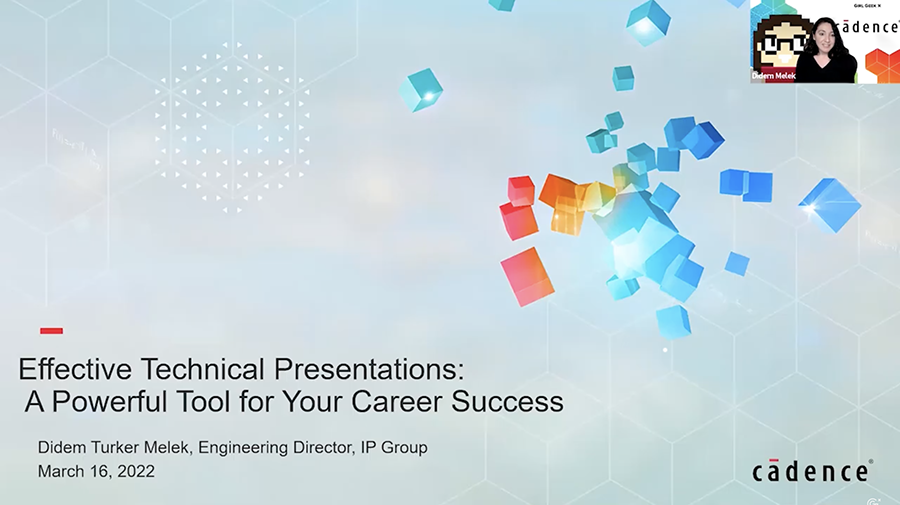 “Effective Technical Presentations: A Powerful Tool for Your Career Success” by Didem Turker Melek, Cadence Engineering Director, IP Group.
“Effective Technical Presentations: A Powerful Tool for Your Career Success” by Didem Turker Melek, Cadence Engineering Director, IP Group.
Didem Turker Melek: Hello. Thank you, Angie. Okay, let me share my screen. Okay. All right. Okay. Thank you for this introduction, Angie. Hello, everyone. I’m Didem. Today, I’ll talk about effective technical presentations and how they have a key role in your and your team’s success. Before I begin, throughout my career, I found that being able to will communicate my work to my colleagues clearly had significant impact on the type of feedback that I got, but also on my work being recognized.
Didem Turker Melek: Over the years, this is something I championed in the teams that I worked with and we always saw really positive results. I’m hoping that this discussion will be helpful today for you too. Okay, let’s begin. When we talk about technical presentations, they are different than the general presentations that we may give to a wider audience.
Didem Turker Melek: We also need to share data and talk about more detailed material with certain technical complexity. Now, throughout our career, there’ll be different occasions where technical presentation may be called for. This could be academic conferences, customer presentations or when we are collaborating across different organizations in our company, it could even be within our own team if this would be to our close peers, our colleagues and maybe our management.
Didem Turker Melek: It is this last one that I want to highlight because this is a situation that we encounter really frequently, yet it’s also the one that we overlook the most. I really want to emphasize how important it is to communicate technical information through well prepared, clear presentations and especially around the audiences, people that you work with every day.
Didem Turker Melek: Even though the occasions and audience may be different, there are common goals when we are giving you technical presentation. The first one is effective information sharing. Being prepared with proper organized material will make a big difference over opening live results, showing live data or giving a verbal description. This is true even in a more informal team setting because for a discussion where we have technical complexity to discuss, the audience will have a hard time following if you’re doing it verbally.
Didem Turker Melek: The second goal would be to get feedback. You probably have bright people from different technical backgrounds and experience living in your audience, so use that brain power. The best way to get good feedback from them is by communicating your findings in a clear way. Third goal would be to train others so people can learn from your experience and maybe save some time.
Didem Turker Melek: Finally, it’s documenting our progress. The presentation material that you prepare will serve as good documentation of your work. It’ll help you look back in the future to track where you have been at a certain time. It’ll also help others in the future to look back and understand your work better. Depending on the situation, one of these goals may be more dominant than the others in your talk and you can prepare your material accordingly.
Didem Turker Melek: Okay, let’s talk about some presentation tips. First is know your audience. It’s important to know who the target audience is and their familiarity with the material. But here, what I want to emphasize is that they are not you. What I mean by this is when we spend so much time in the details of our work, we tend to forget that what’s obvious to us is probably not obvious to others. It’s important to keep this perspective in mind when preparing your material.
Didem Turker Melek: I think something that helps with this, and it’s a really good strategy overall, is to have a story. As you plan your slides, remember to build this story so you can bring your audience up to speed and along with you. Start by setting the big picture, why we started. This would be where you talk about the goal, the problem definition and big picture stuff. Next would be how we got here. If there were previous discussion or decisions that were taken, try to recap. Next is where we are now. This was the main discussion that you want to cover. Finally, where we go next. It’s always helpful to finish with next steps and a plan.
Didem Turker Melek: Now, another very important tip is use your voice and your point of view. I can’t emphasize this enough. When you are presenting your work, please remember that you are an expert and this is true even if the audience have people with more experience. You are the expert on your own data. What can we do? Each slide should have at least one key takeaway that you highlight. Please avoid doing a data dump and letting the data speak for itself. It’s really important that you make observations because that’s your contribution. You can use metrics to help people interpret the data, metrics such as target value specification, maybe margin to that spec and so on.
Didem Turker Melek: Finally, don’t be afraid to raise possible issues and don’t be afraid to ask questions. Let’s look at some examples. Here is a slide you may encounter in a technical presentation. Now, this is what I would call a data dump. This is a bunch of numbers and while it may be obvious to you, for someone who just saw this and has only minutes to digest, it’ll not be clear. What’s the takeaway here? Is there a target value and what are the units?
Didem Turker Melek: How can we make this better? First, notice that I removed some columns. When you have a large amount of data, it’s helpful to do a divide and conquer approach and present it in smaller, meaningful pieces. Now that I edit the target specification, this will help set the key numbers here in this table into context. I’m also using getting a visual help by making the most important column, which in this case is bandwidth mode and using color according to mark failures.
Didem Turker Melek: Finally, in the second bullet, I’m including my key takeaway and observation from this data, which is that we fail the spec at certain cases. Now, in addition to the key observation from the data that I just showed, I can also build up on it by adding more information. For example, I can explain why I think this failure happens and propose a mitigation plan. Now, the goal of this is to facilitate the right discussion. This is why you think the problem may be happening and this is how you think you may be able to solve it.
Didem Turker Melek: By sharing it this way, you can get the right feedback about your plan and maybe come up with a better plan as a team. Okay. I want to pause here and add a bonus tip. While I mostly focused on how you can help your audience better understand the data, there is one significant benefit of having slides like this with clear points. Let’s go back to this slide. You may have attended presentations where someone needs to share large volumes of data, maybe 50 to 100 slides. Every now and then, a slide like this will appear and they will go, “What was I going to talk about here?”
Didem Turker Melek: Now, it can happen to any of us? Instead, if you have a slide like this, now, even if you’re tired or anxious or nervous, or if you’ve just lost your train of thought, you have all the help you need in your own slides. You have the key point that you wanted to make, you have the discussion points to help you, and you have the visuals to make that up. By preparing slides like this, not only you’re helping the audience understand you better. You’re also helping yourself present it in a more clear and easy way.
Didem Turker Melek: Okay, Let’s go with another important tip. Drive the discussion. As the presenter, we are in the driver’s seat. It’s our responsibility to guide the attention of the audience to key points. Please remember that just because something is on a slide, doesn’t mean that the audience will notice it. You can use visual aids like the ones that I used in the previous slide, such as bold lettering, colors, boxes and circles. You can also use keywords such as issue, risk, meets, does not meet to grab the audience’s attention.
Didem Turker Melek: Okay, let’s look at another example. Here I am summarizing some results. This is basically a big block of text. There’s too much information packed in this one slide. It’s too busy and it’s not easy to digest. You may also notice that it’s inconsistent in the way it talks about results. I first see a number about some typical corner. Then I talk about something else meeting a spec. I throw in some comments about some simulation set up or environment and then I throw in more numbers and more setup related material.
Didem Turker Melek: Instead, what I can do is divide this into multiple pieces such as first setup and then the results and clear it up. But there is one more problem that I want to show. I don’t know how many of you here even noticed this, but there seems to be a major issue and it’s buried in a small bullet in the text. Something does not work. If we want to talk about an important issue or make sure that our audience knows about an issue that we observe, this is really not the best way. Now let’s try a different way.
Didem Turker Melek: First, notice that I use the keyword in the slide, issues observed. Now, this will definitely get the attention of the audience and I. There is no doubt that now this issue will be noticed. Next up, I state the issue itself. On top of that, I add some explanation and a possible resolution. I also included data in a graphical format. Now, whenever we highlight a key discussion point, it’s very helpful to have the data to back that up especially in a visual form like this.
Didem Turker Melek: I do want to note that when you include graphs, please remember to include axis titles because again, they may be obvious to you, but it may not be obvious to everyone and it makes it much clearer this way. Overall, when I present the issue like this, it’ll help me highlight and make sure that I get the right feedback and it’ll facilitate the right type of discussion
Didem Turker Melek: All right. Let’s recap with some key takeaways. First, well-prepare, technical presentations are powerful tools to help you communicate your work better, and you can utilize them in your weekly or regular technical meetings with your own team too. Two, if you’re presenting data, do it in a clear and organized way, so you’ll be accurately interpreted. A bonus tip here was that well organized slides will actually help you too when you’re presenting.
Didem Turker Melek: Third, for effective communication, use your point of view and guide the audience’s attention to where it needs to be. I’d also like to add that this is a skill like any other and practice will make it better. Start preparing those slides, everyone. Okay. Thank you. Thank you for your time.
Angie Chang: Thank you. That was excellent. Now, I’m going to bring up our panel and introduce to you our moderator for tonight. Jeannette Guinn leads the demand generation marketing organization at Cadence. Her experience includes a 20 plus year career in B2B tech marketing, owning a floral business and performing vocals of various cover bands across the Bay Area. She has volunteered as a Court Appointed Special Advocate, CASA, to foster children and currently serves on the Child Advocates of Silicon Valley board of directors. Welcome Jeannette.
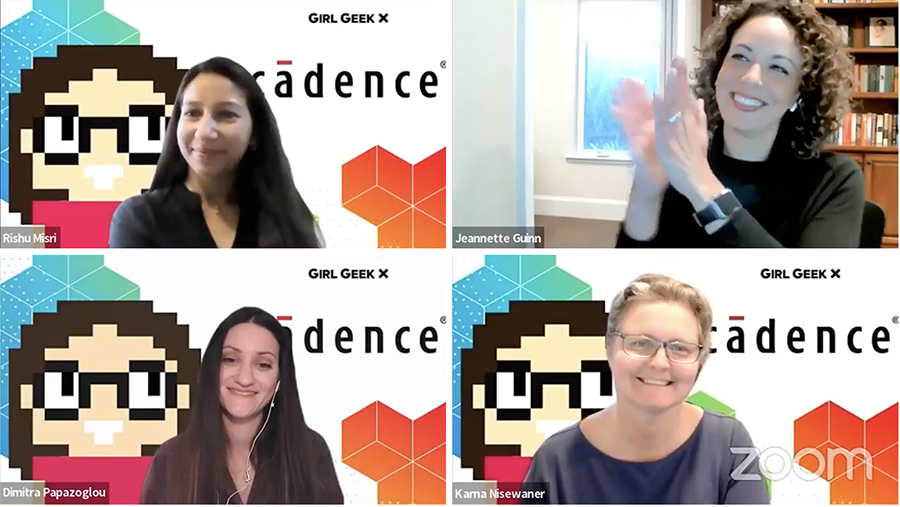 Clockwise from top left: Rishu Misri, Jeanette Guinn, Dimitra Papazoglou, Karna Nisewaner.
Clockwise from top left: Rishu Misri, Jeanette Guinn, Dimitra Papazoglou, Karna Nisewaner.
Jeannette Guinn: Hello, good to be here. I’m sorry. My audio cut out when you started the introduction. I’m assuming we’re going to kick this off. Hello everyone and welcome to the Cadence Panel on Women Empowerment. My name is Jeanette Zelaya Guinn, and I’m the Group Director for the Demand Gen Marketing Team here at Cadence. It is a true honor to be here today and it gives us a wonderful opportunity to have our voices be heard and valued. I’m joined here on the virtual stage by three amazing Cadence colleagues. To get this, this discussion going, I’d like to take a moment for each of them to do a quick introduction. Karna, let’s start with you.
Karna Nisewaner: Hi, my name is Karna Nisewaner, and I’m a vice president and deputy general counsel in the legal department here at Cadence. I started my career as an engineer, studying engineering at Princeton before moving to Singapore to teach basic electronics and seed programming at one of the polytechnics there before I pivoted my career over to law.
Karna Nisewaner: I’ve been honored really to be able to work for a number of different technical companies and for the last almost 11 years here at Cadence. I feel like my background in technology makes me a better lawyer for the company and allows me to really engage with all of the different teams and people here at Cadence. To me, that’s one of the best things about starting out your career studying technology is you have all these different options available to you, both as somebody that’s designing the IPs to somebody that’s marketing and telling people about stuff to somebody that’s helping on the backend with the legal patent protection, IP protection, or just basic contracts.
Karna Nisewaner: It’s just really so exciting to be part of what I think of as the future of the world, which is technology. For me, it’s great to be at Cadence, a place that’s really helping all these companies out there build the future. I’m just so excited to see where things can go. That’s why I really love my job and my company.
Jeannette Guinn: Awesome. Thank you so much, Karna. Thank you for being here. Rishu, let’s go to you.
Rishu Misri: Thanks Jeanette. Hi, I am Rishu Misri Jaggi. I work with Cadence as a senior principal technical communications engineer, but that’s a very long title. Doesn’t mean that I do the most important job at Cadence, but what it does mean is that I work with an organization that is at the center of technology, that I work with a male-dominated workforce.
Rishu Misri: Being a woman and a mother working at Cadence, what it means is that I get to maintain a very good work-life balance. I get to spend a lot of time with my kids whenever needed. I can attend to the parent-teacher meetings. At the same time, I can also be at the [inaudible] working and supporting on technology advancements with my other male counterparts. I can volunteer for various Cadence-sponsored community outreach programs that are focused towards empowering other women, kids and students.
Jeannette Guinn: Wonderful. Thank you so much, Rishi. To close it out with Dimitra on your introduction.
Dimitra Papazoglou: Okay. Hi everyone. My name is Dimitra Papazoglou, and I’m an application engineer at Cadence. I support the analog and mixed signal front of Cadence tools. My base is in UK, so it’s a bit late for me, almost 2:00 AM. At the same time, I need to watch my daughter. She’s 12 months old. She’s sleeping, so that’s good. That’s good. We can go and continue.
Dimitra Papazoglou: I’ve been working with Cadence nine years. I joined Cadence straight after university. I can say that I built my career at Cadence. I want to share with you my experience so far. When I started, I realized very quickly how challenging it is to work in this male-dominated industry. I still remember my first visit when I visited customer site and there were 10, 15 men, very experienced, and I was on the other hand very young and with no experience.
Dimitra Papazoglou: Since then, I had been trying to find answers to questions like how should I… What is the right position to stand? How should I use my voice? How can I look confident? In the end, I found all these answers to these questions, and then the support that I needed through a women community that was built internally at Cadence. I had the chance to meet and listen to the stories of several women and quickly realized that these are the women that really inspired me, my female colleagues.
Dimitra Papazoglou: Through them and through their stories, I got also inspired how to get promoted to the next level, how to face my return back to work this January when I came back from maternity leave. I’m really happy to have my female colleagues and those are the ones that really have inspired me and motivated to continue and navigate my career.
Jeannette Guinn: Wonderful. Thank you so much, Dimitra. I wanted to kick off the conversation with talking about current advocacy and what each of us do to empower women and underrepresented groups and why you do it. Why is it important to you?
Jeannette Guinn: I’ll kick it off. I recently became involved with a couple programs that were important to me. In my intro, as Angie stated, I am a board member for the Child Advocates of Silicon Valley program. It’s a nonprofit organization that provides court-appointed advocates for neglected and abused children. I was a former CASA volunteer. If you don’t know what that is, either reach out to me or look it up. It’s amazing. I did that for about five years and it changed my life and it made me realize how badly I wanted to become a mother. That’s where I started off my volunteer work.
Jeannette Guinn: I currently lead the Latinx inclusion group here at Cadence. It’s an opportunity to provide education on the Latin community. I’ve learned a lot and we’re interacting and learning a lot from the other DE&I groups at the company, which is just fascinating. Also, a committee member for the women and tech organization here at Cadence.
Jeannette Guinn: Then in my spare time, I just joined my local Little League board. I have two little girls, six and eight years old, Mia and Zoe. I often call it the Mimi’s and Zozo’s show because that’s pretty much my life. They’re both avid softball players. This was the second year that the league decided to do both baseball and softball under one organization. I saw the lack of softball visibility, and the girls were definitely treated differently. Wasn’t going to sit back and watch. I joined the board and with another female board member, we elevated the softball side significantly.
Jeannette Guinn: Yes, I use my very loud voice when I coach Mia and Zoe’s green Yoda’s softball team. Yes, very involved in that organization. Why do I do all of it besides trying to go crazy? I found myself just constantly complaining about things that were happening around me, and I didn’t want to sit back and watch. I wanted to make a difference and I wanted to make a change. I also want to be an example to my girls. I’m proving that we can make an impact in this world. That’s why I do it. What about you, Rishu?
Rishu Misri: Well, yes, I think I started with saying that I do get a lot of opportunity at Cadence to volunteer for various community outreach programs. I’ve been a member of the Make A Child Smile Society. We do anything that can bring a smile to a child, organizing fundraising events to sponsor the education or painting their schools or looking after their healthcare, taking them out for health checkups, even emotional care. We could take kids out for a day trip if needed, whatever that can make them feel a little better.
Rishu Misri: I’ve also been a member of the FMA committee at Cadence, which works towards female welfare. Under this program, we partner with an NGO in India called Goonj. We sponsor and one of the initiatives which focuses on welfare. The initiative is called Not Just A Piece Of Cloth and it focuses on increasing the importance in awareness around menstrual hygiene. There’s a taboo around talk about it, so we’re trying to break that taboo. Also raise funds that can go into providing for safe supplies for women and underprivileged sections.
Rishu Misri: More recently, I’ve also been volunteering for the Cadence scholarship program. Here we interact with military students from underprivileged societies. These are kids who are very bright, very enthusiastic, clear about their vision. A lot of them want to get into STEM careers, and the Cadence scholarship helps fund their academic goals. As mentors, we try to give them support with confidence building, time management, communication skills, and sometimes just act as sounding boards because the kind of issues they face with their academic sites, they may not have anybody at home to give them the ear. We sort of just support them there.
Rishu Misri: Those are all the kind of things. Sometimes also go and volunteer outside at my personal level. That’s really all the kind of things that I’m doing. Talking about why it’s important to help empower somebody, every time I come back from these events or an interaction like this, I may want to say that I have empowered somebody, but I think what I hear is I am empowered. It brings a lot more energy back into me when I come back from an event like this. It is not just the beneficiaries’ win. It is my win as well. It strengthens me a lot. That’s why it’s important.
Jeannette Guinn: Awesome. Dimitra, what about you?
Dimitra Papazoglou: For me, some years ago I’ve been asked and I’ve been honored actually to build and lead an internal women community at Cadence. I had the great chance to travel and meet in person more than 50 women from Cadence in Europe and Middle East. I had a great chance to talk to them and listen to their stories, understand their needs, and also the challenges that they face working in this environment, in this industry.
Dimitra Papazoglou: We as community team, we wanted to listen first to women and then set the objectives and find the best ways to empower them. What we have done is a set of actions, events. I’m going to mention some of them that I think that they can be also beneficial to everyone here, for the audience. Very beneficial is the talks given by women. The woman can be from outside or inside the Cadence organization. It can be from any level, from senior level or from an early career woman.
Dimitra Papazoglou: I do believe that everyone… You can always learn from a woman, no matter the level that she is. I can tell you an example. Karna, she’s also part of the panel. She actually gave an inspiring talk to the women of our community. She talked about her story, her career, the obstacles that she faced and how she overcame these obstacles. As you see that listening to this woman, you actually get the strength and the confidence on how to navigate and achieve your career and achieve your goals.
Dimitra Papazoglou: Another thing is what we do very interesting is regular meetings where we talk about topics like leadership, work-life balance. We talk about the talents that those topics have, and we try to find solutions together. Again, we talk to each other and try to help each other through these regular meetings. Another important thing is the trainings. We have done career trainings, but also body language trainings. I totally recommend this one. It’s one of the best trainings that I have ever done.
Dimitra Papazoglou: It is all about position, the right position to stand in, how to do the best use of your voice. I think many, many people have these issues like how should I talk? How should I present? I totally recommend these kind of trainings. They definitely can help you to strengthen your confidence. Why I think the women community is very important? Because through the networking that offers you and also the set of actions and events that I mentioned some of them, you can find through a community the mentors. You can find the role models. You can find the sponsors.
Dimitra Papazoglou: You can find all the answers about how to navigate your career and how to go to the next level. It can certainly contribute on how to achieve your career goals. I think it’s one of the best way for all the women.
Jeannette Guinn: Awesome. I just have to say a side note, the fact that you’re able to complete sentences at 2:00 AM in the morning is just impressive within itself.
Dimitra Papazoglou: And having a 12 month daughter, right?
Jeannette Guinn: Huge praises to you and onto Karna, your thoughts.
Karna Nisewaner: I feel like one of the things that I get the most joy from and that really helps benefit the community is the mentoring that I do for people, both internal to Cadence and external. You don’t have to be in the same subject matter as someone to help be that person that bounces ideas off of. As Elena mentioned earlier, it’s important to go to your manager with a plan or ideas to be that person that helps people come up with those plans or ideas and helps them review things ahead of time.
Karna Nisewaner: I feel like the internal mentoring I do within Cadence, particularly during the pandemic… I think it’s been important to help people as they’re just dealing with a lot of different issues and to be that sounding board. I feel like the more I progress in my career, the more important it is for me to reach out and be there for people.
Karna Nisewaner: Now, in the past, one of the things I loved doing was traveling. I think three or four years ago for International Women’s Day, I did a talk at one of our India sites. I went to all of our India sites and did talks to the women’s groups there. I loved being able to reach out to Dimitra’s group and do a talk right before she left on maternity leave. I thought that was great.
Karna Nisewaner: For me, it’s that ability to reach out and connect with people internally and externally and help be that sounding board that helps them move forward. To me, that’s how you, as an individual, can help others. You don’t have to be more senior. You don’t have to be in the same area, but you can be that really good sounding board and person who can walk through the ideas with somebody or can brainstorm things to think about. In the greater community, one of the things that I’m passionate about is making sure that women are able to work.
Karna Nisewaner: One of the things that really makes it difficult is effective childcare and during the course of the pandemic was also having school, which is a place where many of us have our kids and that allows us to have time at home to work. I’m on the board of a childcare organization in my community that runs the afterschool program and several infant and preschool programs because if you don’t have a place for your children to go, the people that tend to stay home are the moms, not the dads. I just think it’s important that we don’t cut people out of the workforce because they don’t have the support necessary to be able to go into work.
Karna Nisewaner: Then I think it’s also important to support your local school. I’m on a school psych council and help planning to create those environments where achievement gaps are addressed in kindergarten, where you’re looking at why is one group behind in reading, behind in math and behind in writing. What can we do starting in kindergarten, first grade, second grade to really stop the achievement gap there, build the confidence of everyone there, so that by the time they hit middle school and high school, everyone’s excited to learn? Everyone has that same background and the necessary ground level education in order to be successful. That’s another place where I spend some of my time.
Jeannette Guinn: Awesome. Then I guess I want to take it to… For all of be, what advice do you have for other women based on some of your experiences, your influences? I know that a couple people mentioned the importance, and Elena talked about it too, importance of having a mentor. I agree. Being a mentor and having one, the benefits of that just are endless. Dimitra, you talked about being influenced by Karna. I can say that the same has happened for me, so thank you, Karna, for everything that you’ve done for me. Just working on confidence, how to present in front of executives, how to become politically savvy, all of that is so important to growth. Dimitra, how would you like to expand on that?
Dimitra Papazoglou: Okay. I’ll share advice not really coming from my experience, but again, from women that talk about their stories, their experience through the women community. I’ll tell you three stories and what I have got from them. The first story was about the new role. There was a new role in her team. However, this role was in a different location, very far away from her location. Her manager never thought of her as a candidate because of the location, but then what she managed to do is to persuade that she’s the best for her role. No matter of the location, she actually managed to take the role. They found, together with her manager, a solution about the location issue and she actually got the role.
Dimitra Papazoglou: The advice that I got from that is that don’t wait to be given the opportunity, just believe in yourself and go and just take the opportunity. The second story is mostly advice. I’ll talk about my experience. I thought in the beginning that in order to go to the next level and get promoted, my manager actually will see that I’m doing awesome things and she or he will offer me the role, the promotion.
Dimitra Papazoglou: But then what I got through advice actually from another women was that when you want the role, just go to your manager, make it clear about what you want. Ask what you need to do in order to get the next role and just make sure that you take all the bullets and then just go to your manager and say, “I do all of this, so I can get the role.”
Dimitra Papazoglou: On top of that, she actually told me that even when you take the role, when you take the promotion, even then, go to next day and ask what you need to do for the next promotion. That’s also good advice. The third story that I want to share is about a pay rise. She wanted to get a pay rise in the beginning. She couldn’t really get it. She thought that she should give up, but then one thing that you said about mentorship, she had a great mentor.
Dimitra Papazoglou: In Cadence, we have great mentorship programs. The mentor was very, very supportive. Also through the community and, again, listening to other stories about similar topics and negotiations, she actually decided to keep trying. She got the confidence and then in the end, she got the pay rise. I will say just keep trying and never, never, never give up. That’s all.
Jeannette Guinn: Thank you.
Dimitra Papazoglou: I want to say that this advice… I’m sharing this advice because this advice has also influenced me and also has affected how I navigate my career.
Jeannette Guinn: Yeah. Yeah. Karna, what about you, influences, experiences?
Karna Nisewaner: I think one of the most important things is really just your own internal confidence and knowing that you are the best, knowing that you are capable of doing things and knowing that even if you don’t check all those boxes, you can check all those boxes if you’re just given an opportunity to try. I think back to several of the jobs that I got, where people were like, “Oh, you only got that job because you’re a woman.” I was like, “No, I got it because I’m better than you. I have more potential than you. I’m smarter than you.
Karna Nisewaner: I think feeling that and knowing that… Yeah, we’re all absolutely capable and you just need to internalize how capable and confident you should be because you can do it. You can absolutely do it. One of the pieces of advice I give to people is really just know your worth, know how valuable you are, know how much you can really do and do that.
Karna Nisewaner: I happen to have been raised in a family by a father that just made me feel super confident. I think that’s the best thing everybody can do is work on that however it makes sense to work on it. The other thing I to talk about is really work on building relationships with others. It doesn’t have to be anyone specific, but building the relationships across an organization will really help you grow your career because you’ll hear about things that are going on that you might not otherwise hear about. You’ll be able to make connections and help other people. Then in the future, they’ll know, “Oh hey, maybe I should help Karna.”
Karna Nisewaner: The other thing I would say is ask for things that you want. I wanted different experiences. I was focused in one area and I was like, “I want more. I want something else.” I said, “Hey… to my manager… “I want something more to do.” Then they gave me something more to do, and I did a good job with it, so then they gave me even more to do. I feel like you have to ask for those things because people don’t know what you want until you tell them. They can’t read your mind. They might say no, or it might not be the right time, but at least they’ll have that in their head and you’re no worse off by sharing what you want than you would be. You’re worse off not sharing really.
Karna Nisewaner:I just feel like raising your hand to say what you want, getting yourself out there… Being competent in your capability and ability to do any job that’s out there if just given the time and support to do it is really, to me, what I think is important that everybody kind of take away from this. Then as leaders and as members of the community, how can we help other people do that? How can we be the person that listens to what somebody’s saying in this, “Okay, this is what you can do. Let’s role play. Let’s make it happen.” I feel like that’s how we can really empower others is be that amplifier of other people’s voices. When somebody does something great, remind people, but then also shout out for yourself because you’re valuable.
Jeannette Guinn: I don’t know about the rest of you, but I’m pumped. I’m like, “I’m going to take over the world right now, Karna, that was awesome. Thank you so much and, Rishu, your thoughts.
Rishu Misri: I think pretty much whatever everybody else has already said, but my two cents will be just we need to make our tribe grow. For that, whatever it takes. Depending on where we are in our life and in our career path… If you’re in entry level, you will probably have to be focusing more on building your skills, trying to build the right networks. We’ve talked about mentorship and having that confidence. Like we say, that’s the most important thing, having the belief in yourself that you can do it, being resilient.
Rishu Misri: As you grow and are in a position to even be able to support others, then be compassionate towards the other women. Being a woman and being in a workforce, it’s not going to be easy. There are going to be times when it’s going to be tougher for you than it is going to be for your male counterparts. I mean, no offense there. I know everybody’s competent, but we’re going to be taking so many additional roles and nobody can take it apart from us.
Rishu Misri: I think it’s important that as a community, we stay more connected and we stay more compassionate towards each other and support each other in whatever positions we can and I think we also need to get more focused to bringing those women back who had to apply brakes to their careers. Be compassionate towards them. If there have been a lot of women who’ve applied brakes because they wanted to take care of children or they had had elder care to take care of or whatever other personal requirements…
Rishu Misri: If anybody had a career aspiration, a dream and we can help motivate those people back into the system, the workforce, I think that’s important. Just as everybody said, having belief in yourselves and just continuing to take the risks, I think that’s very important. Being able to try out new things and having the confidence that it’s… Tough times will be there, but I’m going to overcome them with my training, with my mentor support or whatever.
Jeannette Guinn: Yep, absolutely. Thank you Rishu, and as we wrap up this panel, last words of wisdom to women that are in the tech space that are working towards advancing their career… I’ll kick it off because it’s kind of wrapping up some of the things that you’ve all said. I say this to myself, to my team, to my family members. Don’t allow a struggle or a hardship to bring you down. It’s an opportunity or use it as an opportunity to grow stronger.
Jeannette Guinn: I could have a whole other session on my history, but I was financially on my own starting at the age of 17, and suffered years of abuse until I was about 23 years old. It sucked and you take each and every moment as learning opportunities and you make the best out of those crappy situations. Anything that I had to deal with in my 20s, as I was trying to advance my career, there were little nuggets of learning lessons.
Jeannette Guinn: If you want something, you go after it. Take that chance. There are going to be risks involved. There are going to be failures and that’s okay. You just don’t look back. You just keep looking forward. There’s a phrase that I use a lot. I say it a lot, but I was in a 12-month program with Women Unlimited, fabulous program. They taught me that you strive for excellence, not perfection because perfection’s just not possible. every day I just do my best and you strive for excellence. that’s my last words of wisdom. Rishu, any last words of wisdom from you.
Rishu Misri: I think I just continue build on what I said in my previous… I think it’s important that we continue to be resilient. That’s what is important. Just stay there, hang in, and if needed, seek support. There will be a lot of we people willing to help you. A lot of times, we may feel, “Am I doing the right thing being here? Is this where I should be? Maybe I should quit. Maybe this is not for me. Maybe… There’s so many questions that be come in to our mind. It’s not just for you. It’s for everybody.
Rishu Misri: Seek support. If you need to apply the brakes, do that. I’ve done that as well. When I had my daughter, I applied the brakes. Then when I had my son, I sought support. That’s ways I was able to continue doing what I wanted to do. I think that’s the other most important piece of advice that I have. That is whatever you choose to do in that moment. Do not be guilty about your choices.
Jeannette Guinn: Yes, yes, absolutely.
Rishu Misri: It was your decision. Don’t be guilty for whatever the choice you made. That’s important. Be resilient, seek support, don’t be guilty. That’s important. I think that’s all that I would say. Thank you.
Jeannette Guinn: Great. Thank you. Dimitra?
Dimitra Papazoglou: Yeah. For me, I’d like to actually say three things. For me, always have a career plan for the next two to five years and make it clear to your manager. Second thing, find the ways to strengthen your confidence. It can be this conference, it can be this panel. Find the Karna that will help you to have the confidence and say, “Okay, I’ll go for it. Karna said that. I’ll get all this confidence and I’ll go for it and I’ll take it.” The third is seek for opportunities. Don’t wait for them, okay? Don’t wait for others to give you the opportunities. You need to seek for them.
Jeannette Guinn: Thank you so much, Dimitra. And Karna?
Karna Nisewaner: I’ll build on what Dimitra said. It’s not just seeking opportunities. It’s being okay with change, being okay with saying, “This isn’t working out for me. I need to find a different environment, a different set of colleagues,” and having that community, having the people to support you.
Karna Nisewaner: I feel like you need to also be open to new things and maybe it’s a change in your role at a company. Maybe it’s a change of companies, but being flexible with yourself and not feeling like you’re stuck or stagnated into one thing, but that you can really do anything because I do believe that there are so many possible options for everyone. We just need to try and we just need to experience them. Sometimes things will be great. Sometimes they won’t be great. What can you change to make it better? Because you control your environment.
Karna Nisewaner: Yes, there are certain things we need. We need our paychecks, but you do control a lot of your environment and you need to create and find that environment that’s supportive, that’s there for you and that wants you to be successful. I feel like that’s what I found at Cadence is an environment where managers, colleagues, other people I worked with, they wanted me to be successful and they wanted to help me find that next thing.
Karna Nisewaner: You don’t find that in all jobs. If you’re not finding that, find people that will help you. Find a new role. Find others that will really amplify the value that you’re adding and really appreciate the way in which you add that value. I feel like we control our future, but we need to be out there saying what we want, sharing what we can do for others.
Karna Nisewaner: We can all have great careers. I just love how many more women are engaged and how many more of the underrepresented minorities are engaged in the community here at Cadence, are engaged in the Bay Area and are engaged worldwide. It’s great to see that growth. I just really hope it continues and that we continue to really show everyone that we are amazing. We are the best. We’ll rule the world, right?
Jeannette Guinn: Yeah, absolutely. Absolutely. I love it, Karna. Thank you so much, Karna, Dimitra, Rishu. It’s been a pleasure. On behalf of Cadence, thank you all. I hope this was helpful. Angie and Girl Geek, thank you for this opportunity. It was a wonderful experience. With that, go onto networking. Thank you so much.
Karna Nisewaner: Thank you.
Rishu Misri: Thank you.
Dimitra Papazoglou: Thank you.
Angie Chang: Thank you for being a part of that panel. I feel very empowered and ready to dig in. Now, I want to just really quickly plug that Cadence is hiring. They’re hiring for engineering jobs in cities like San Jose, California, Cary, North Carolina, and Austin, Texas. Now, we’re going to move onto our Girl Geek X networking hour. There’s a link that will be put into the chat. If you click on that, it’ll go to Zoom meeting, and we’ll see in a Zoom breakout room very soon.
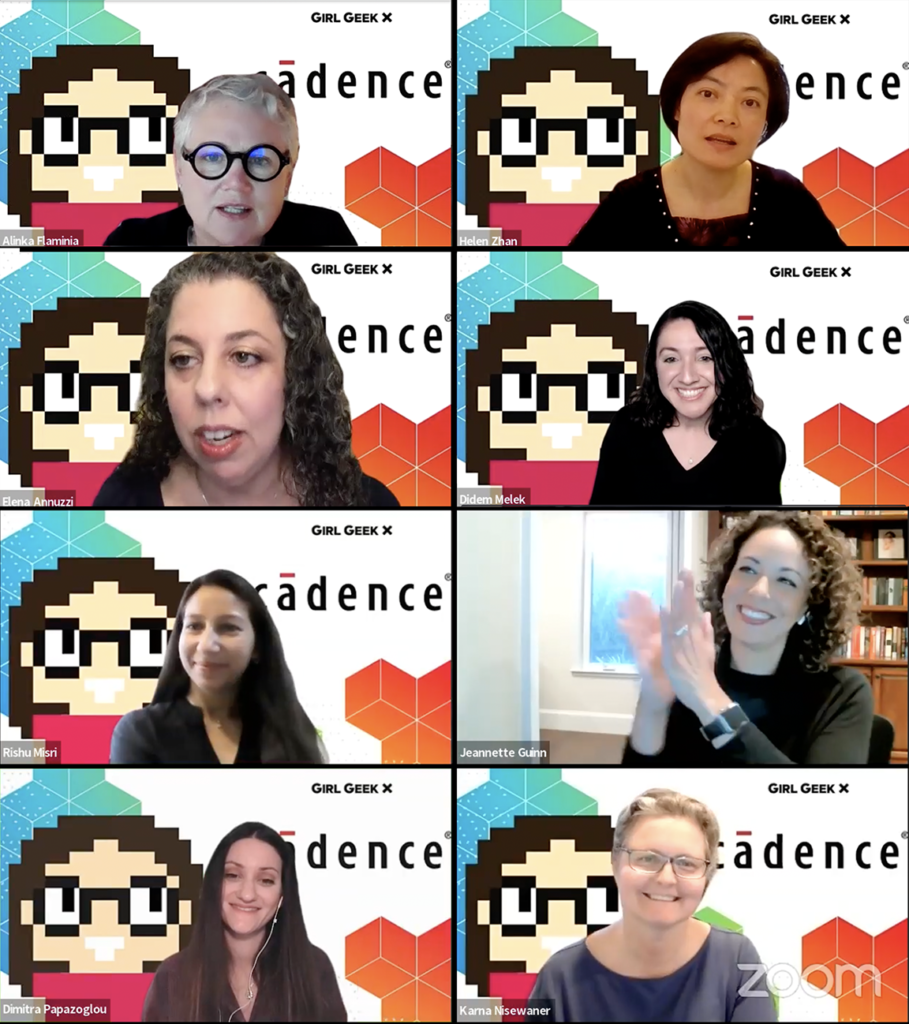 Cadence Girl Geek Dinner on March 16, 2022.
Cadence Girl Geek Dinner on March 16, 2022.
Like what you see here? Our mission-aligned Girl Geek X partners are hiring!


